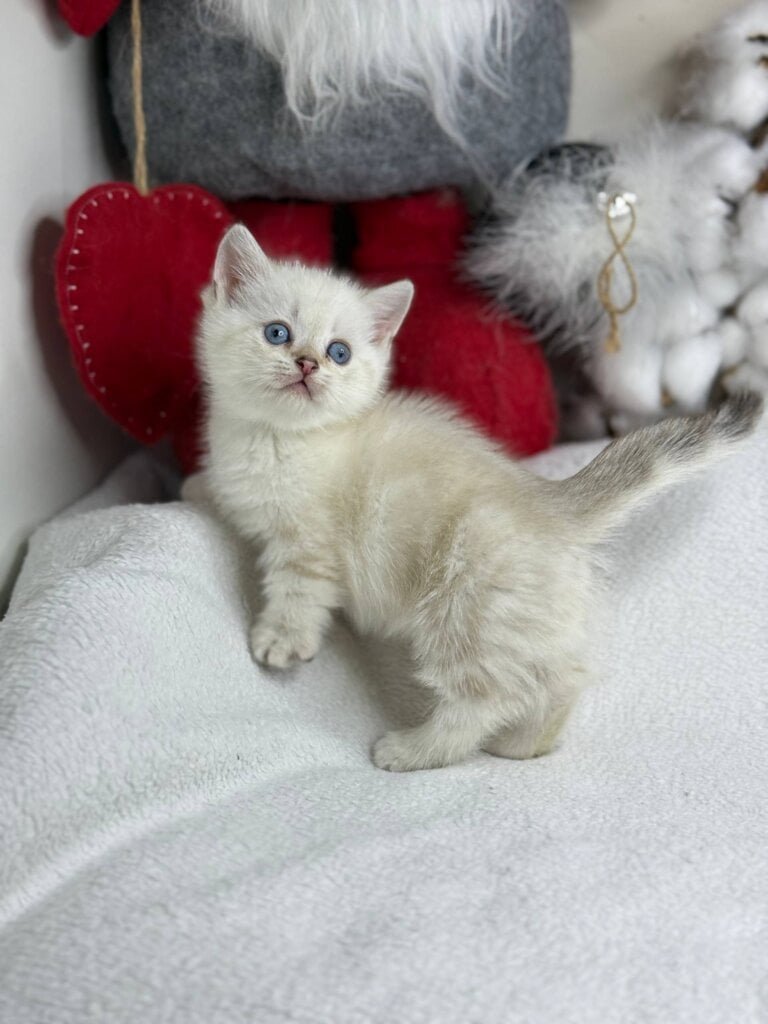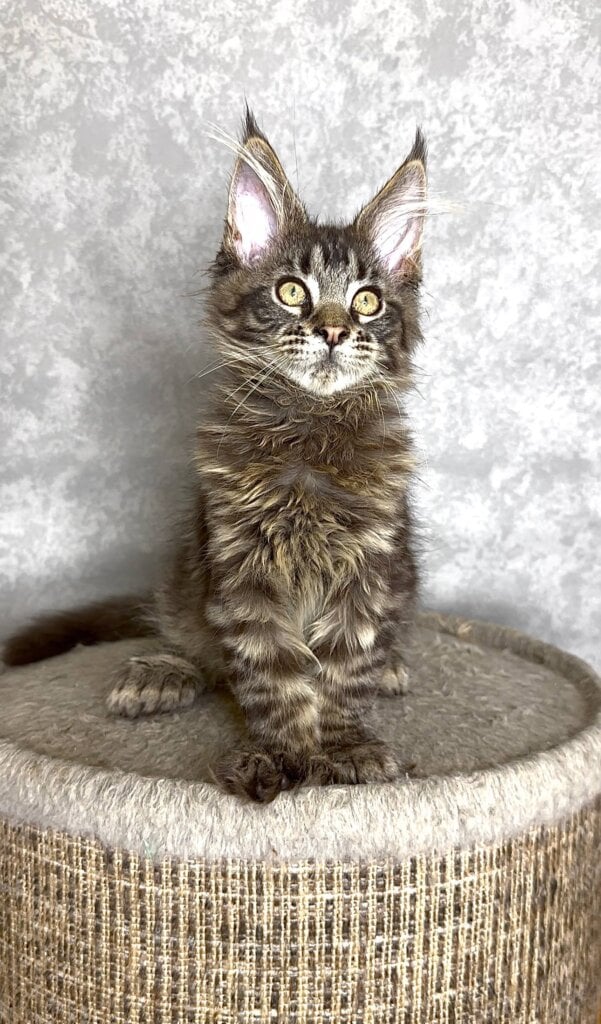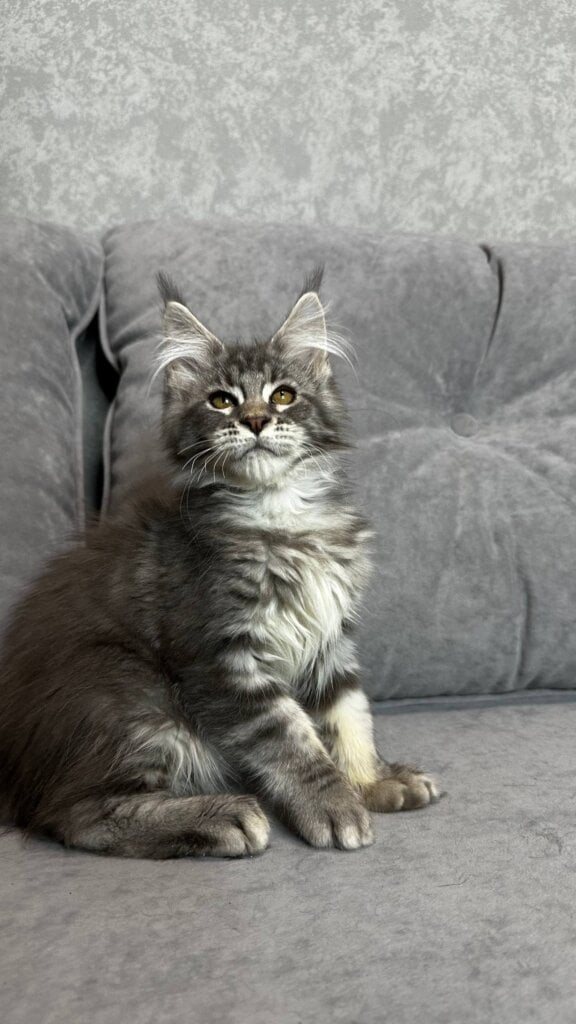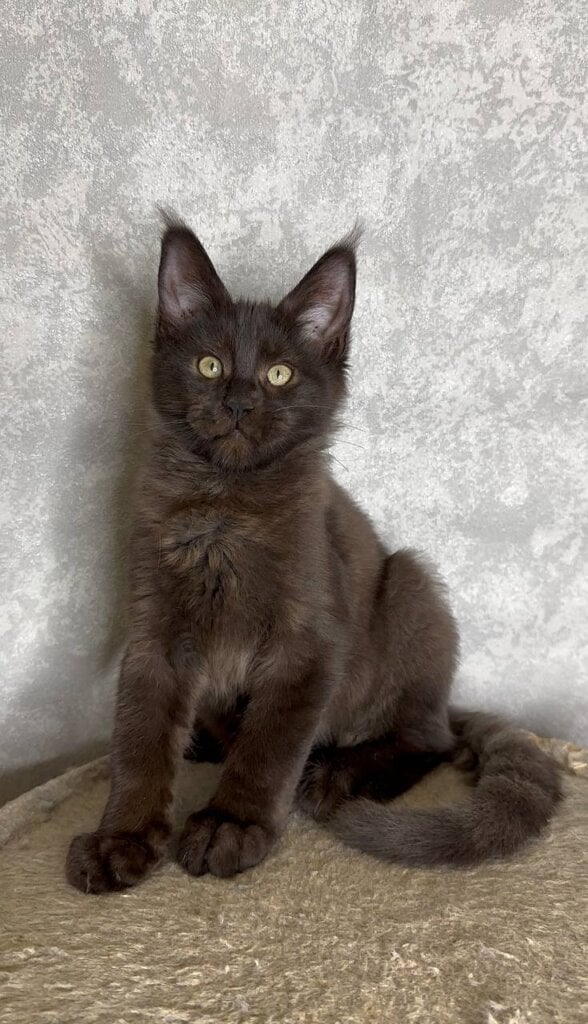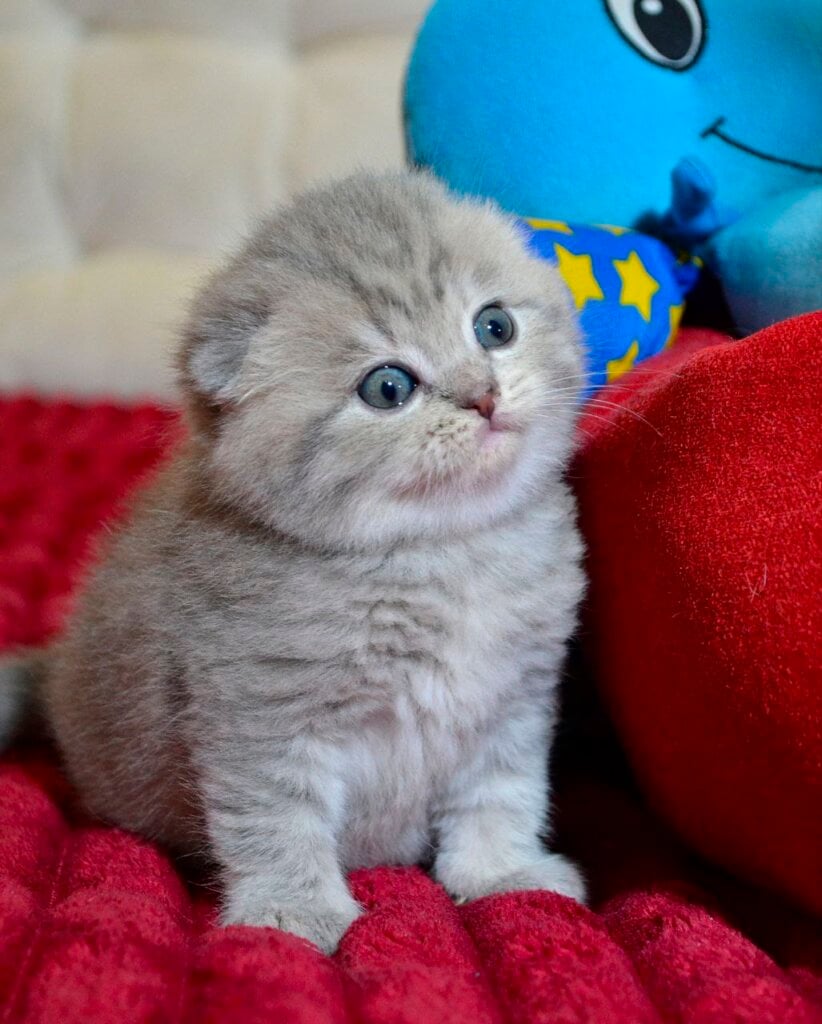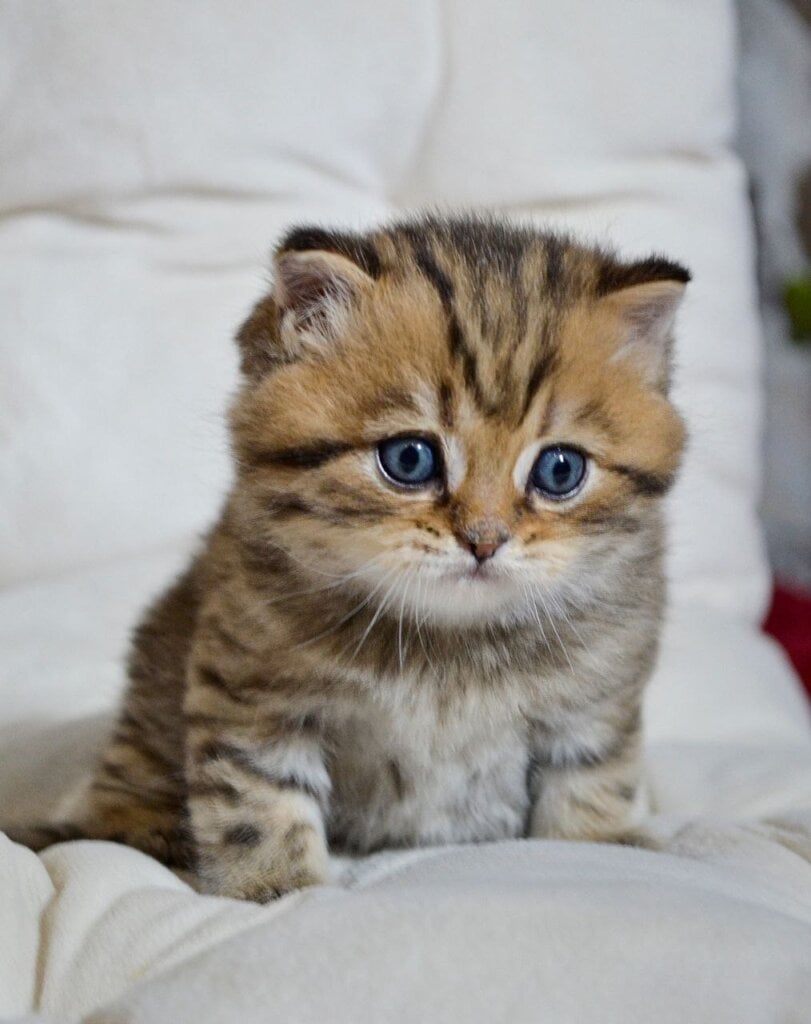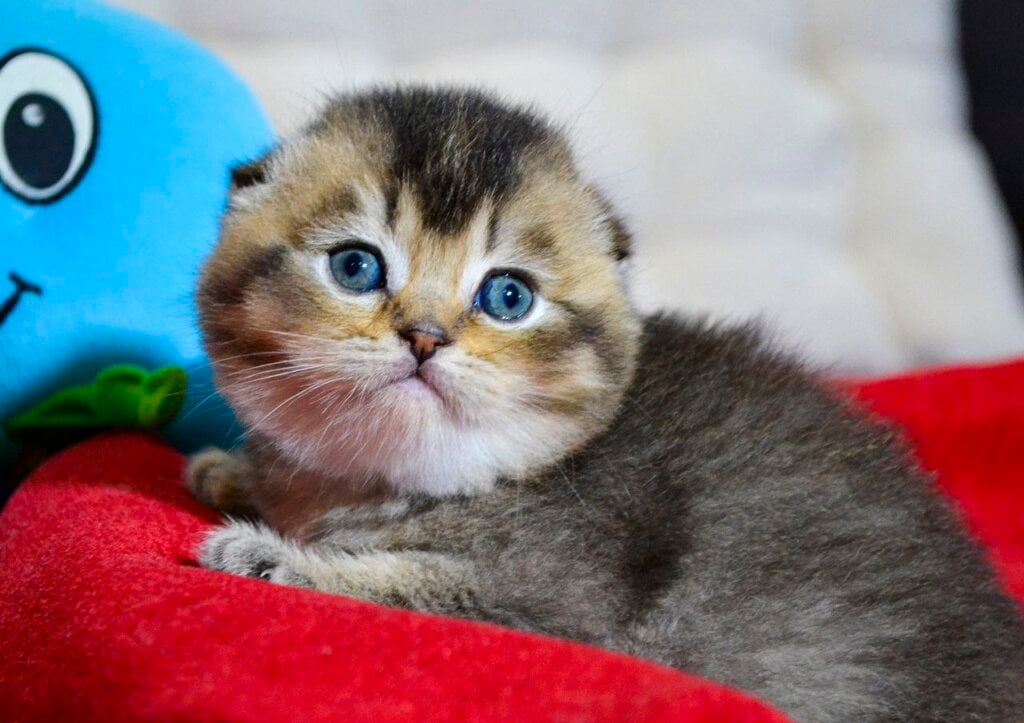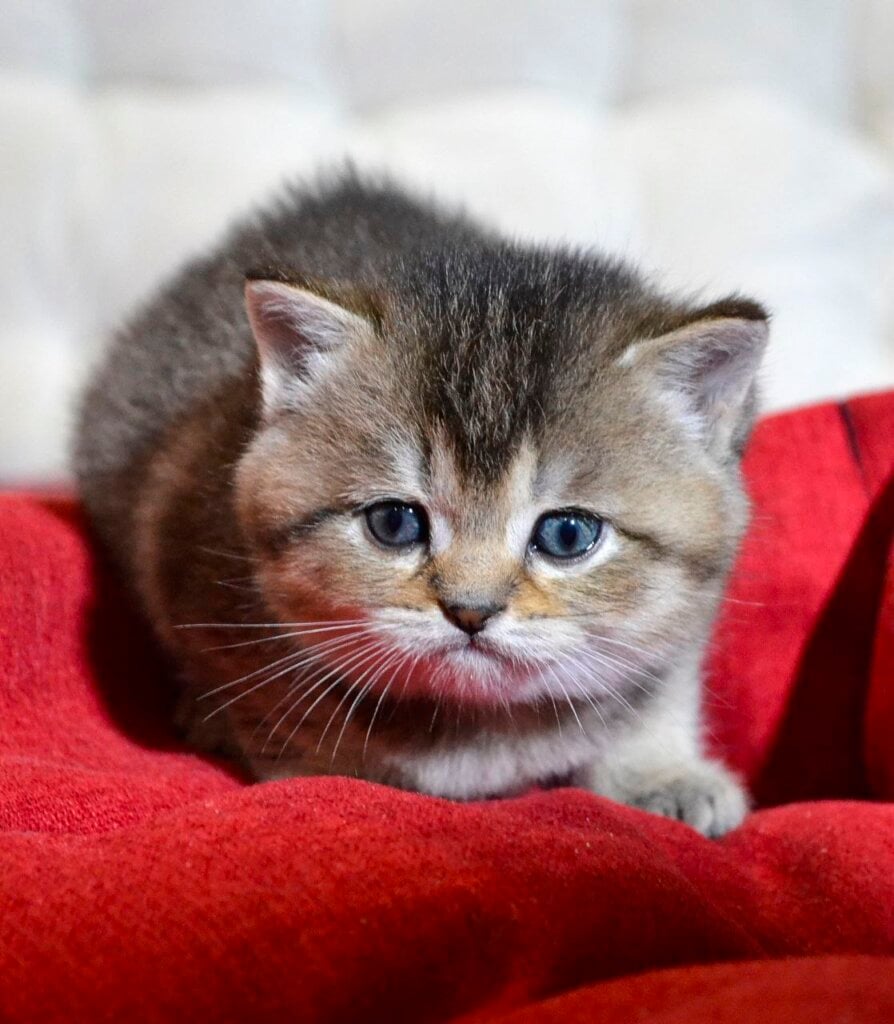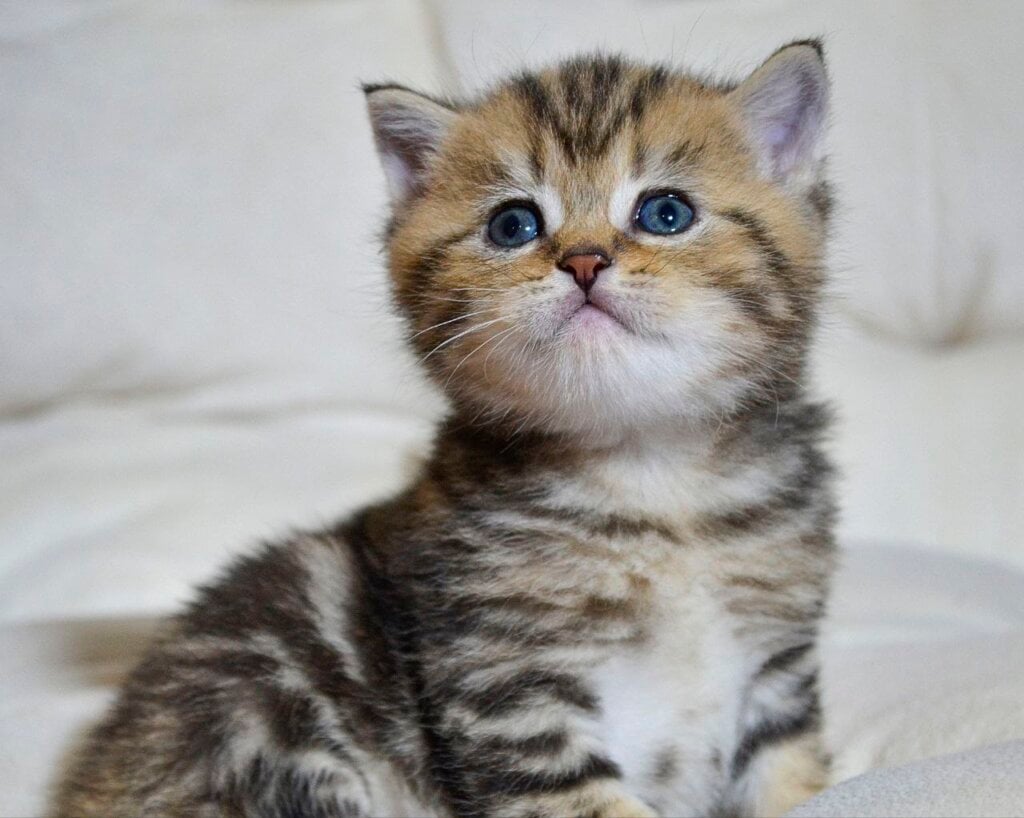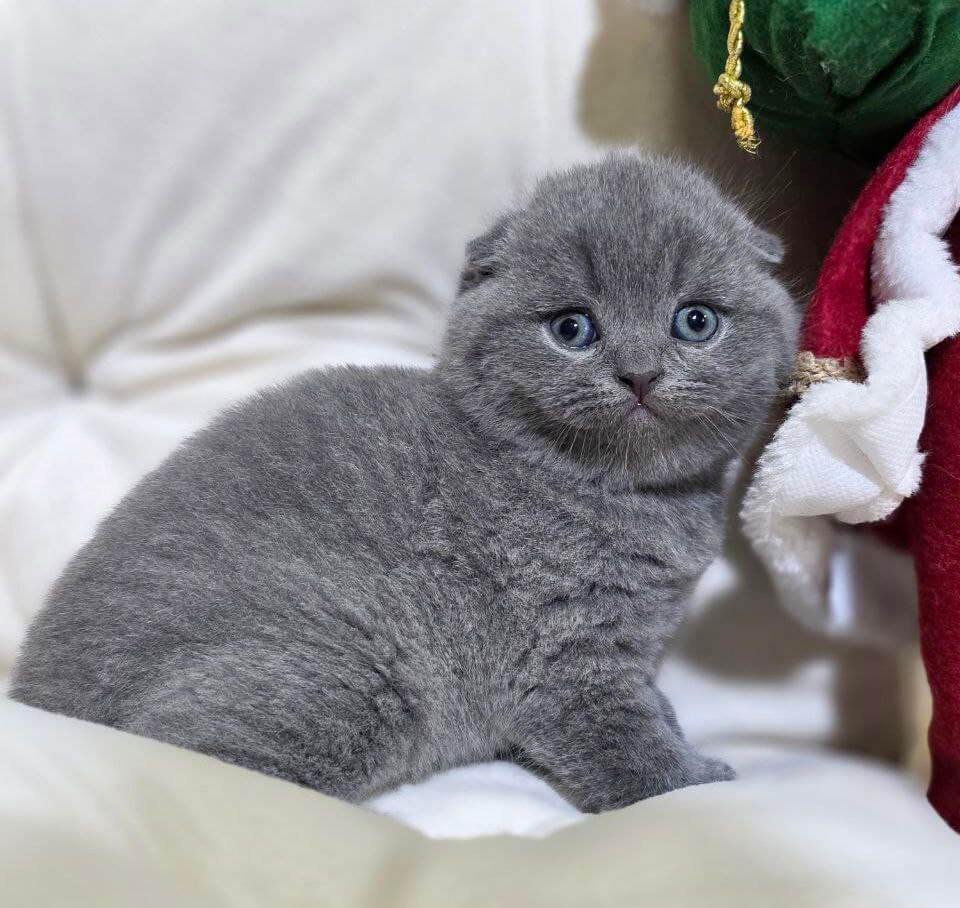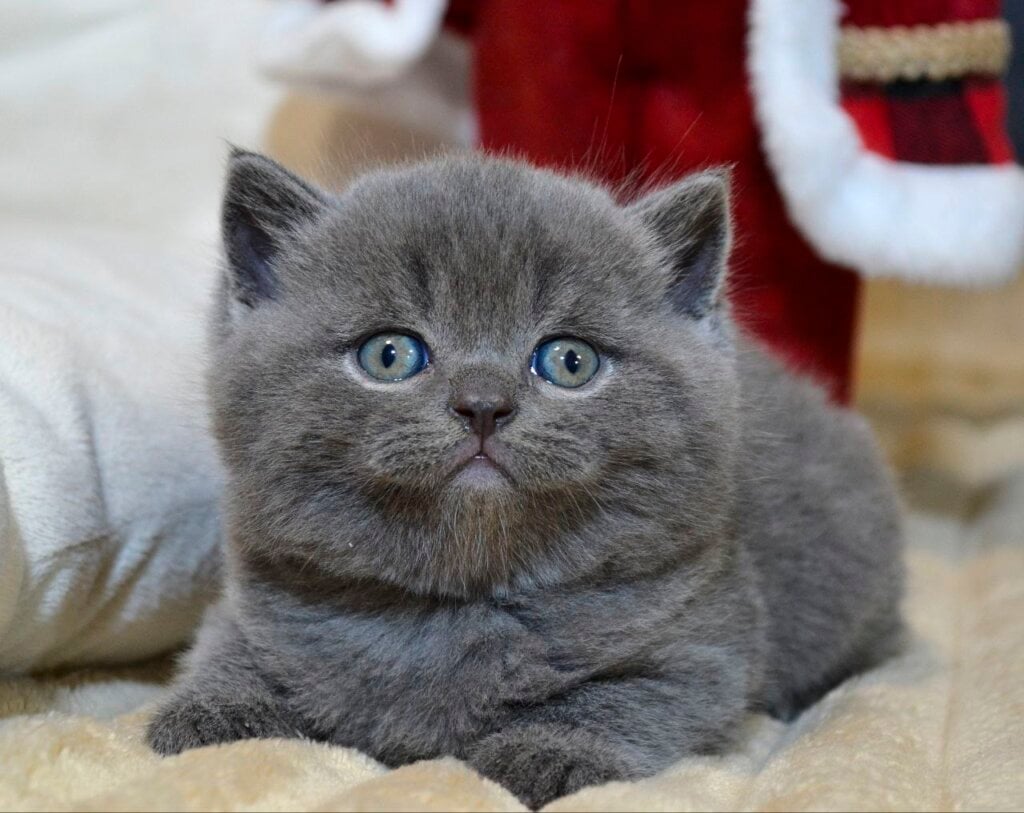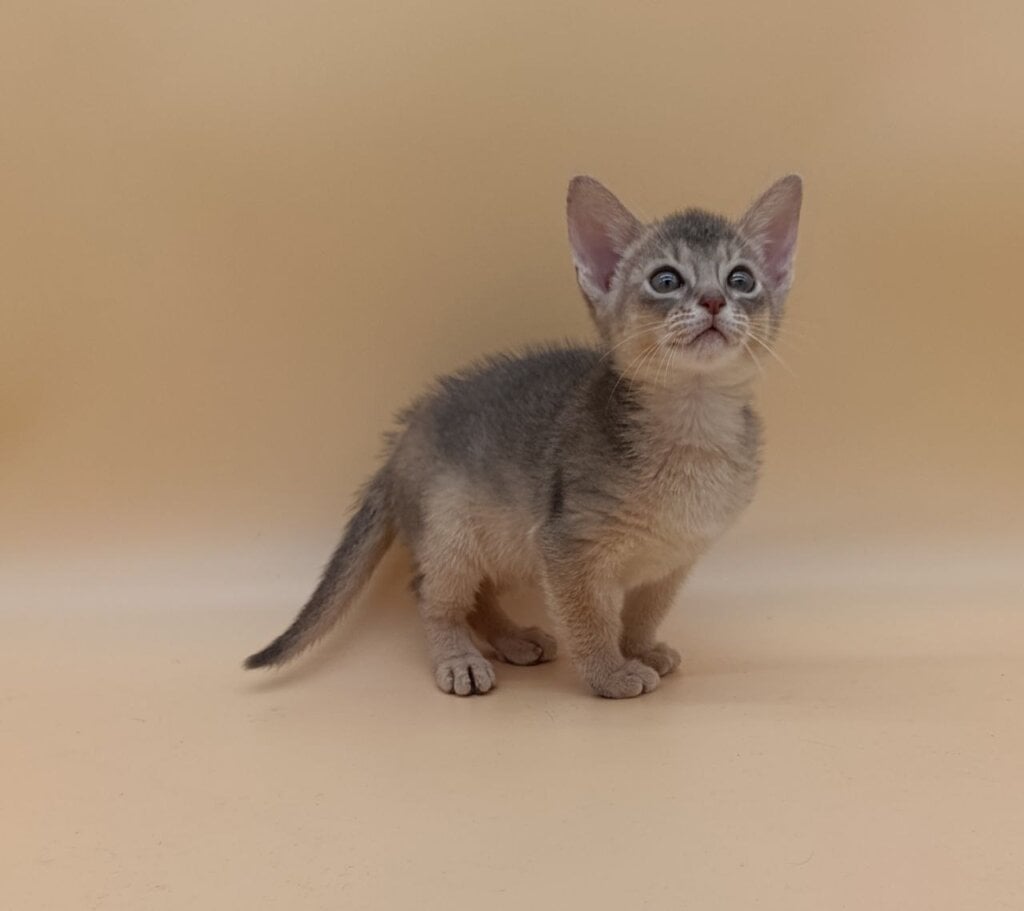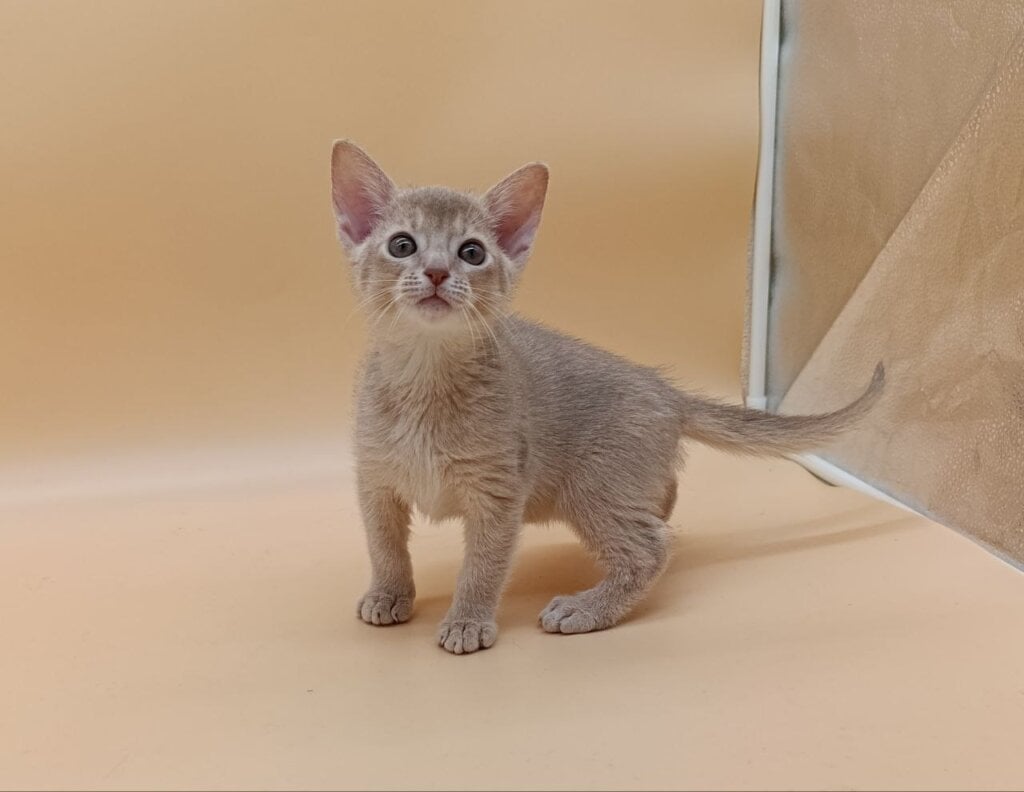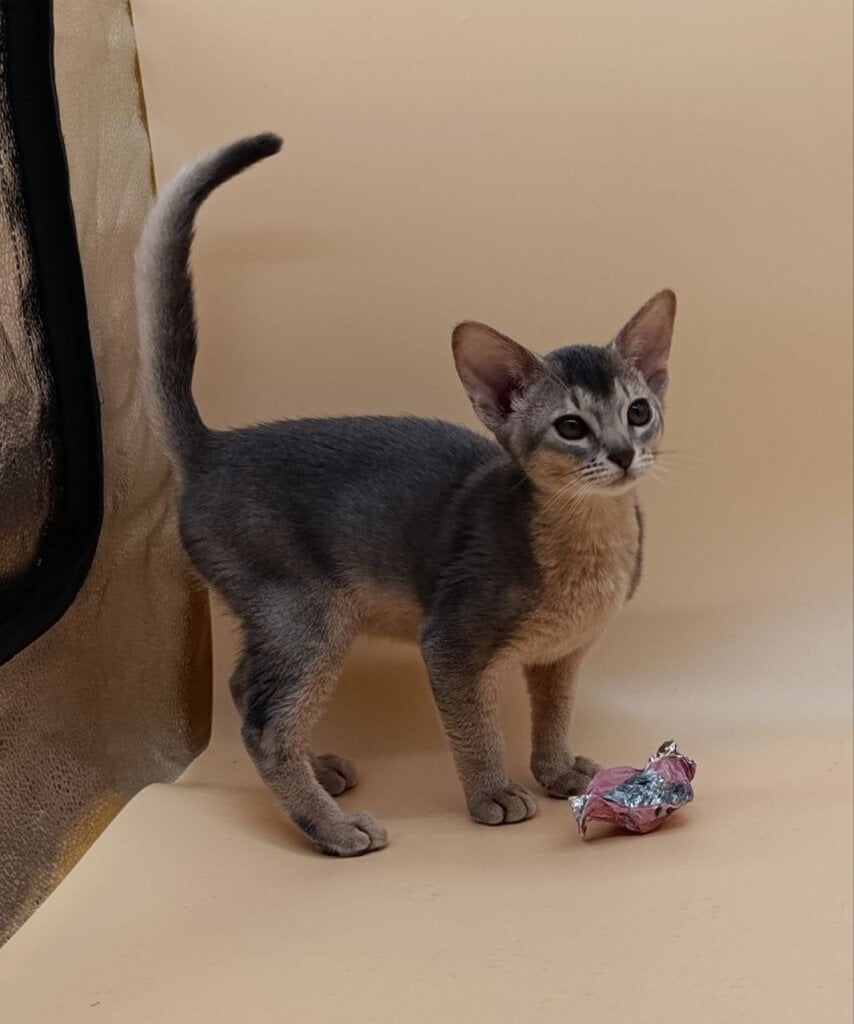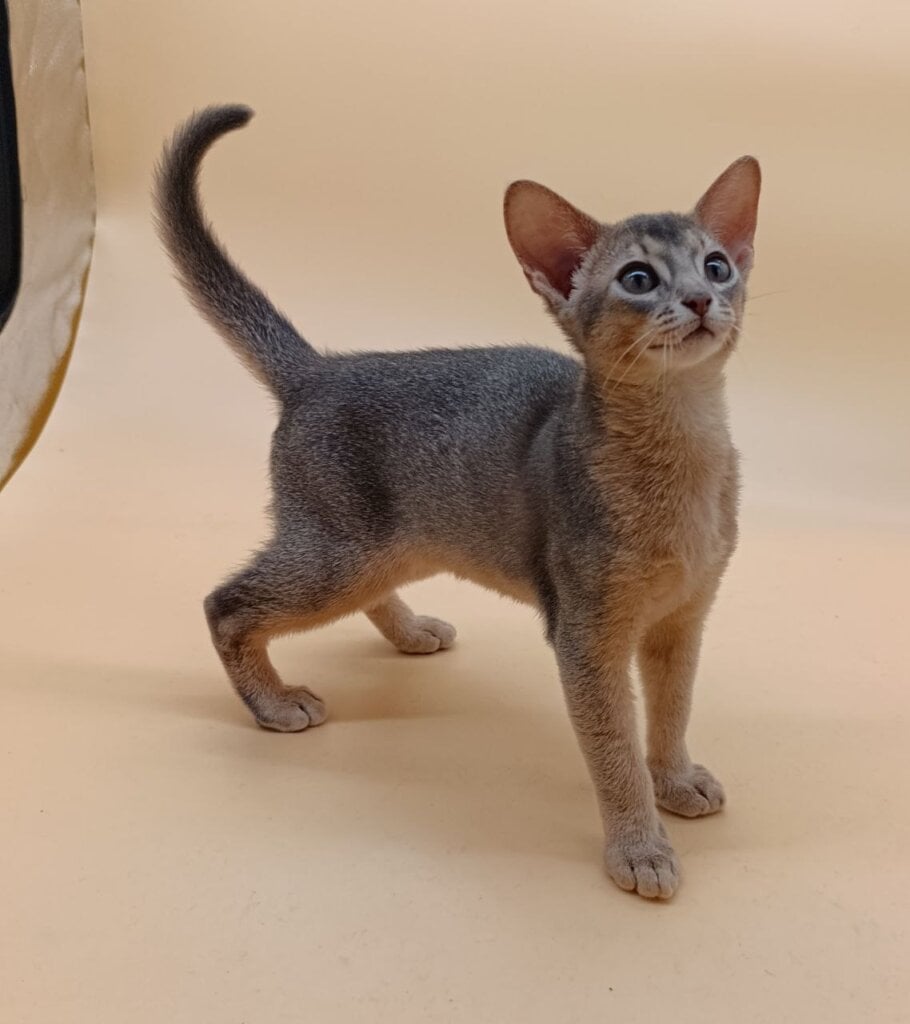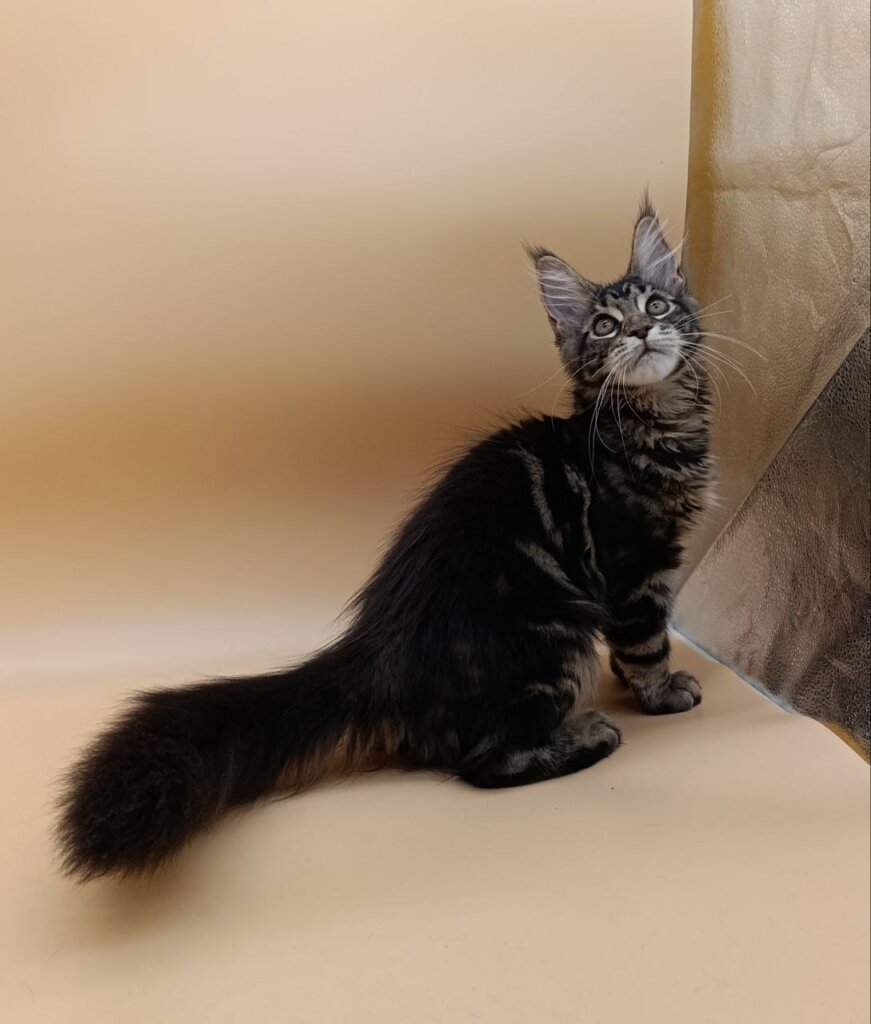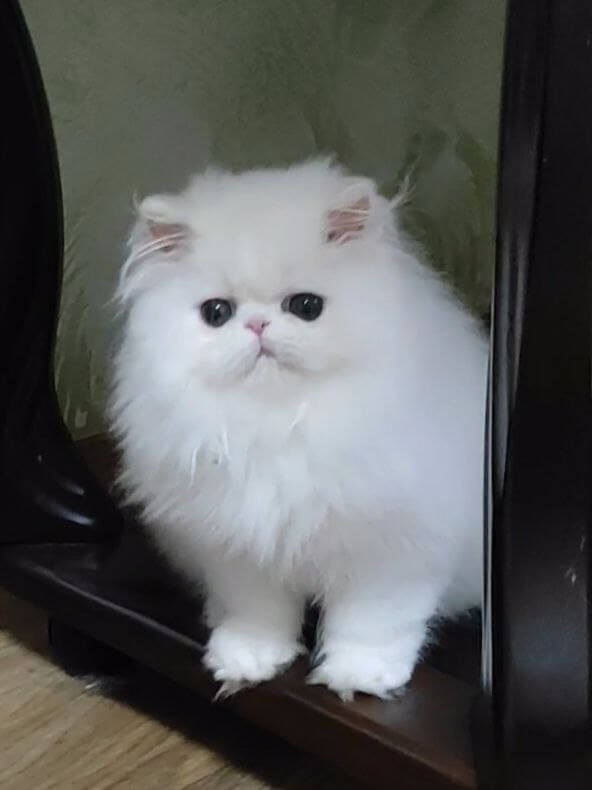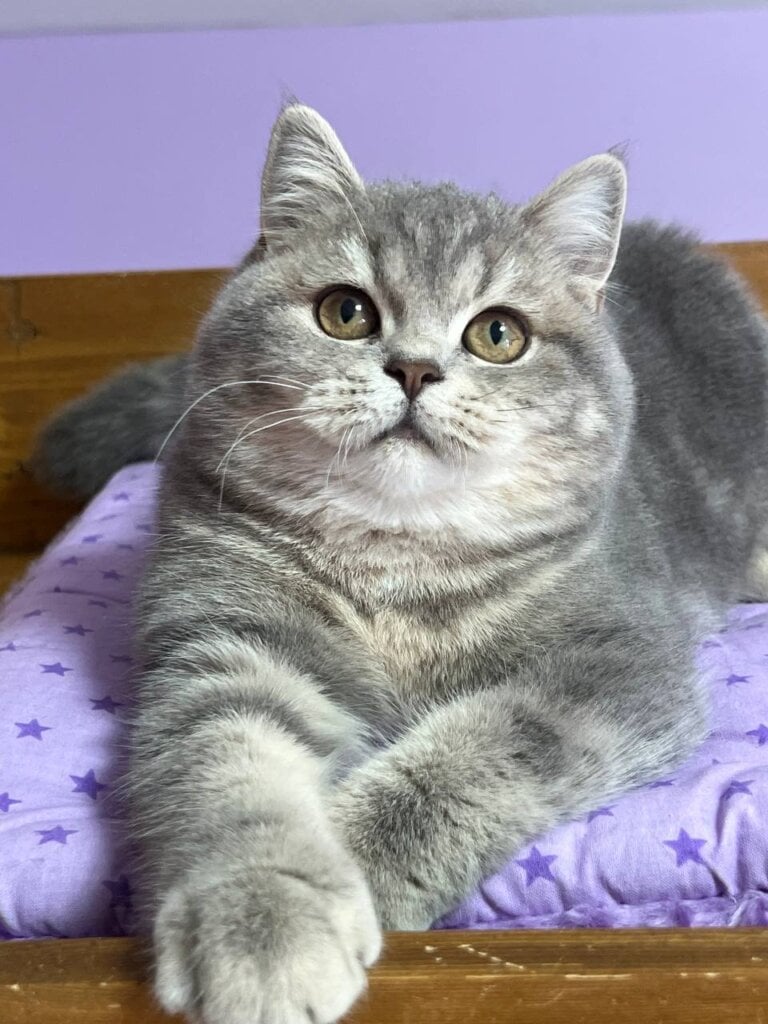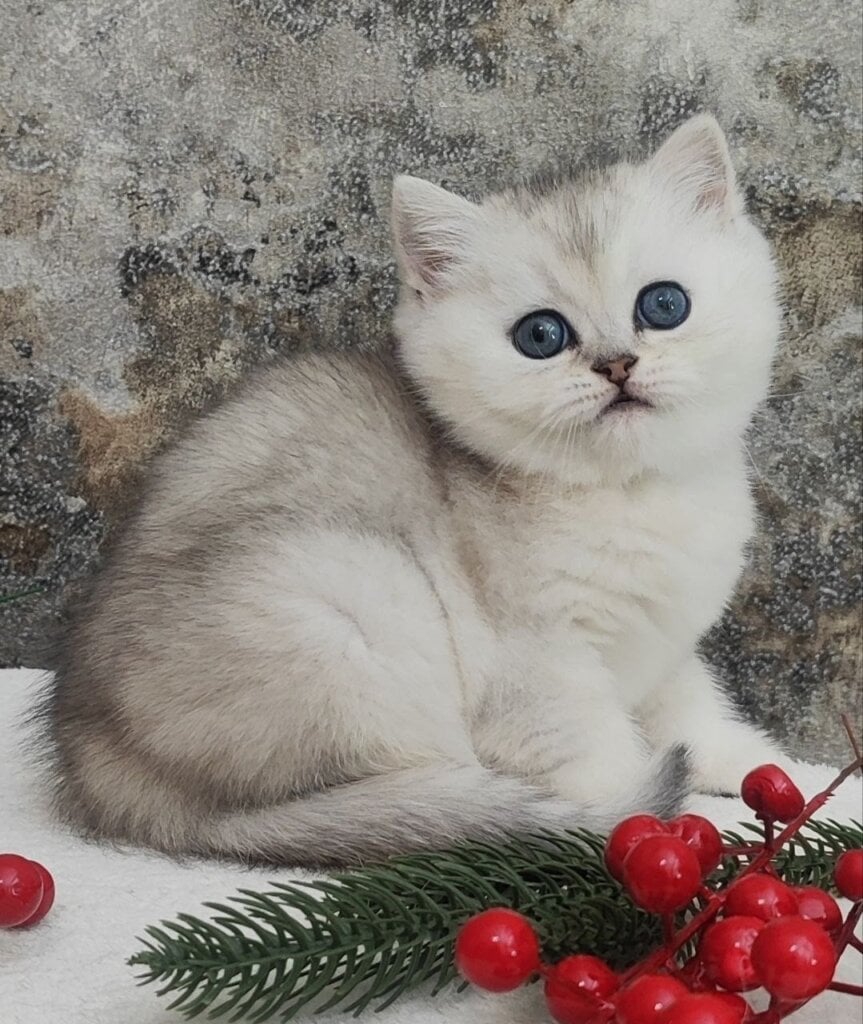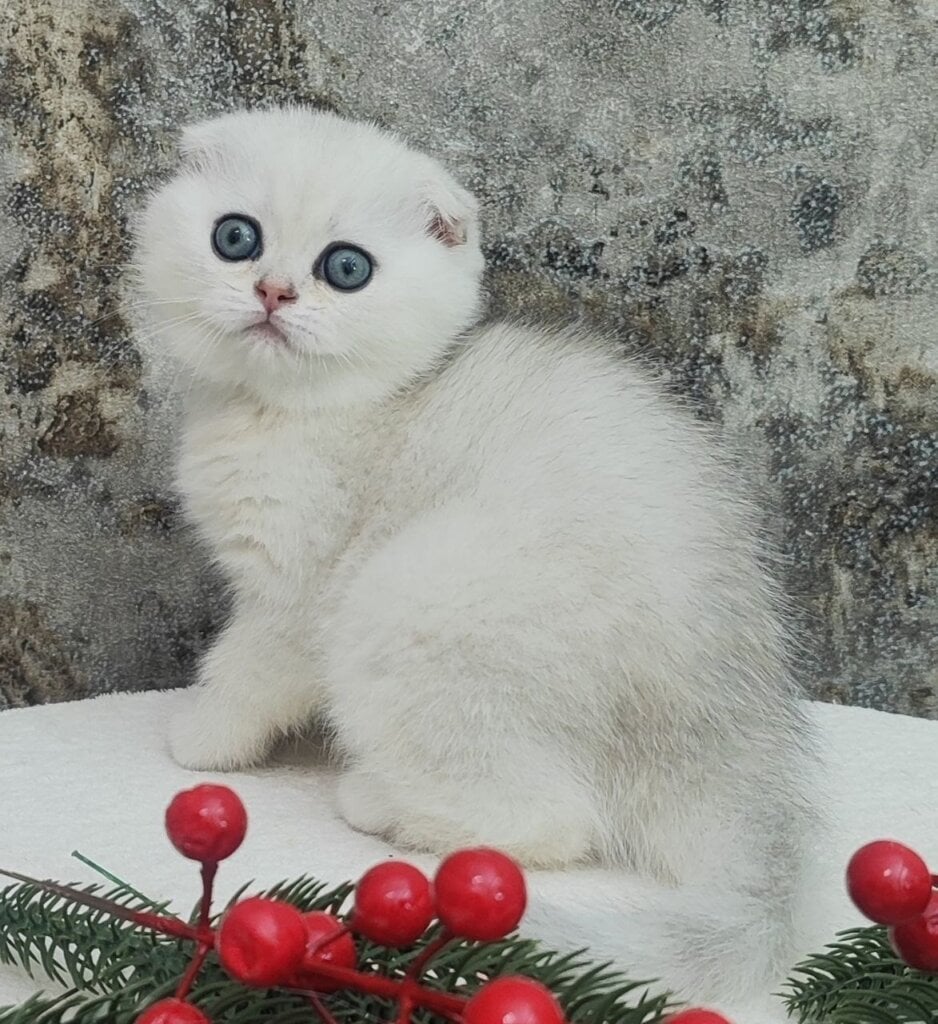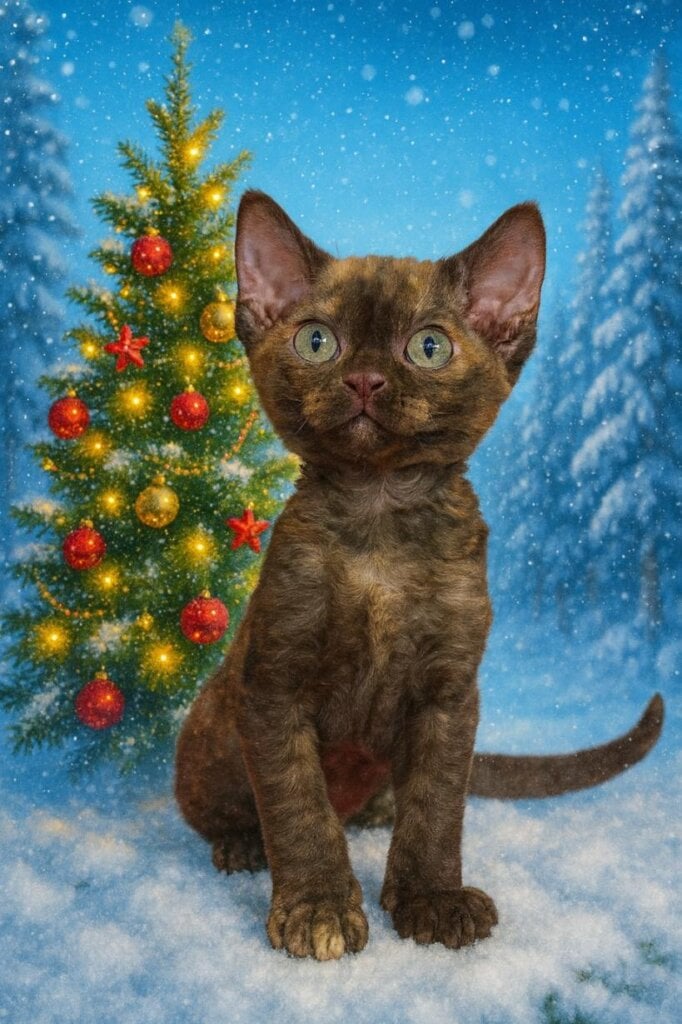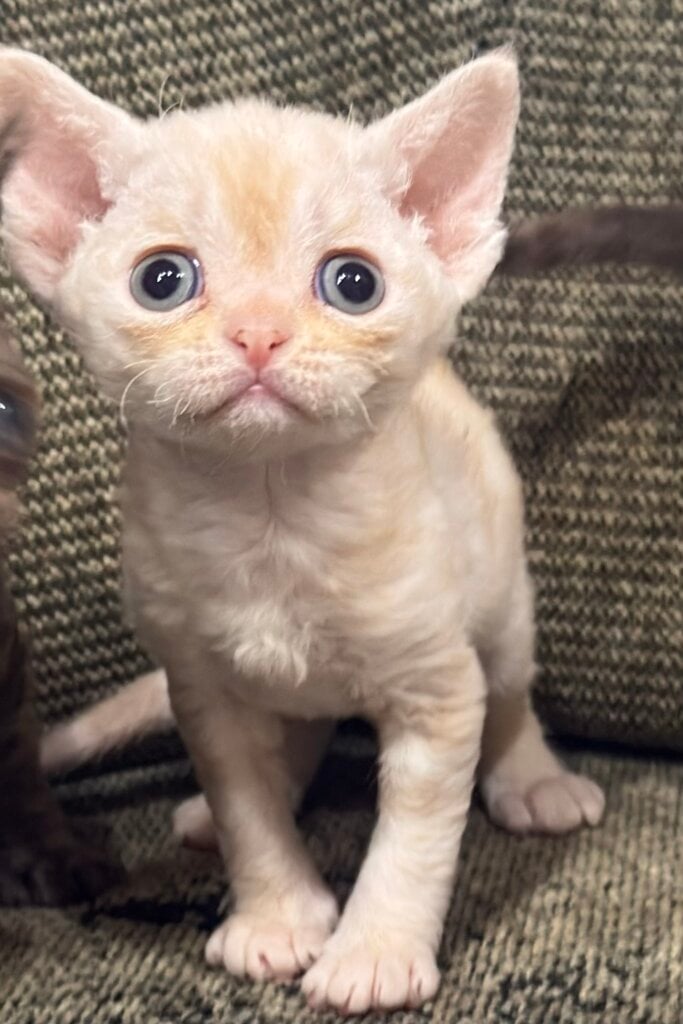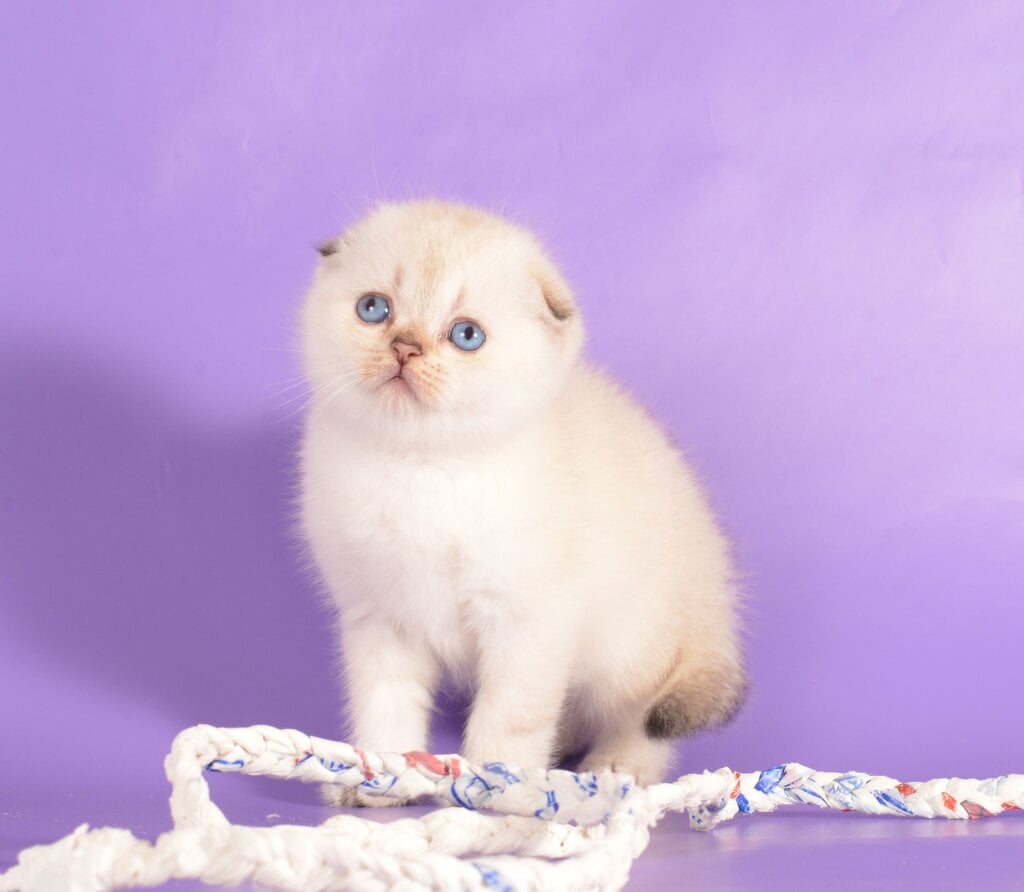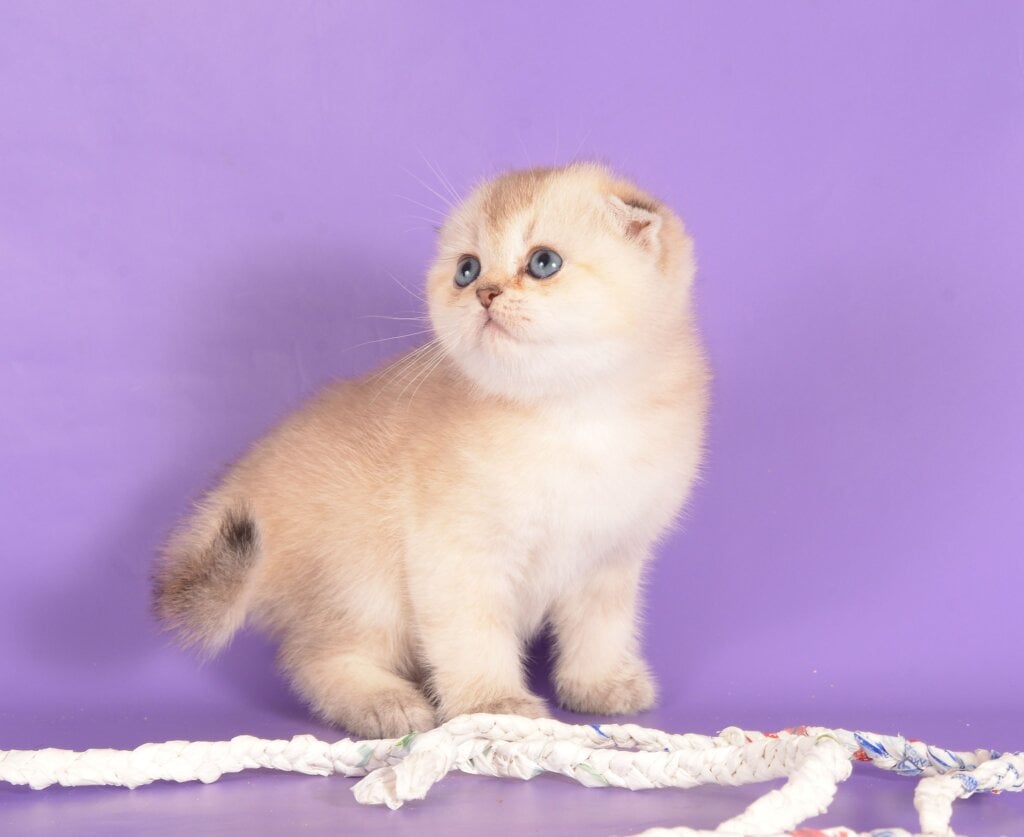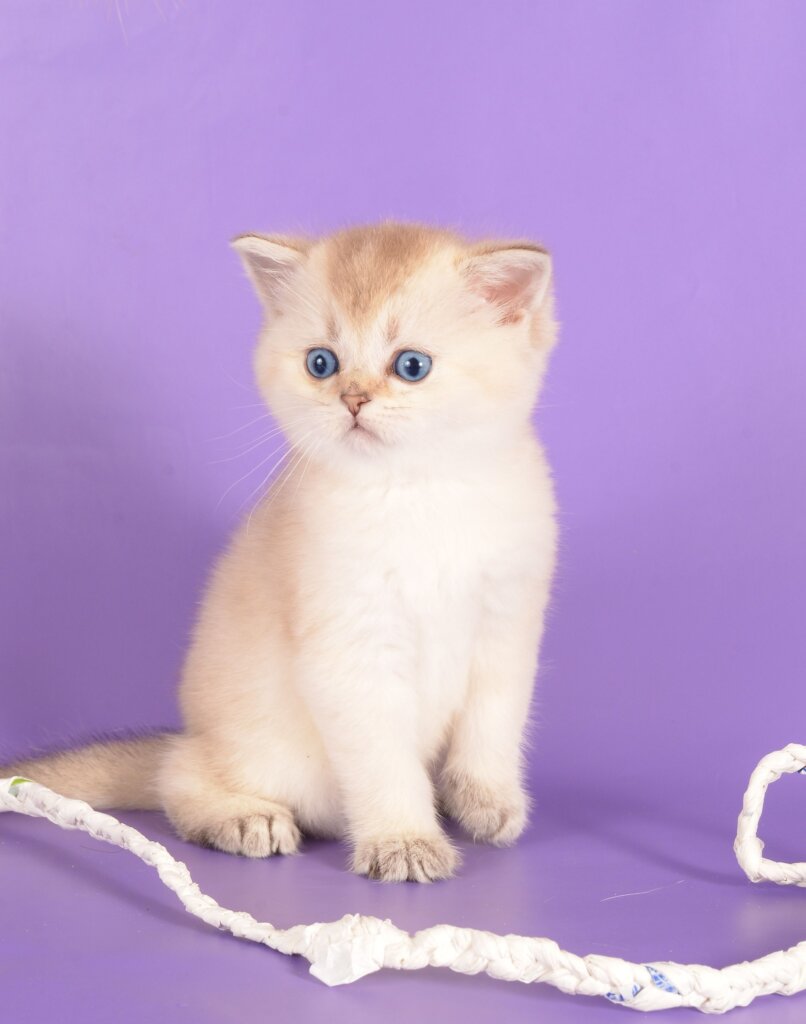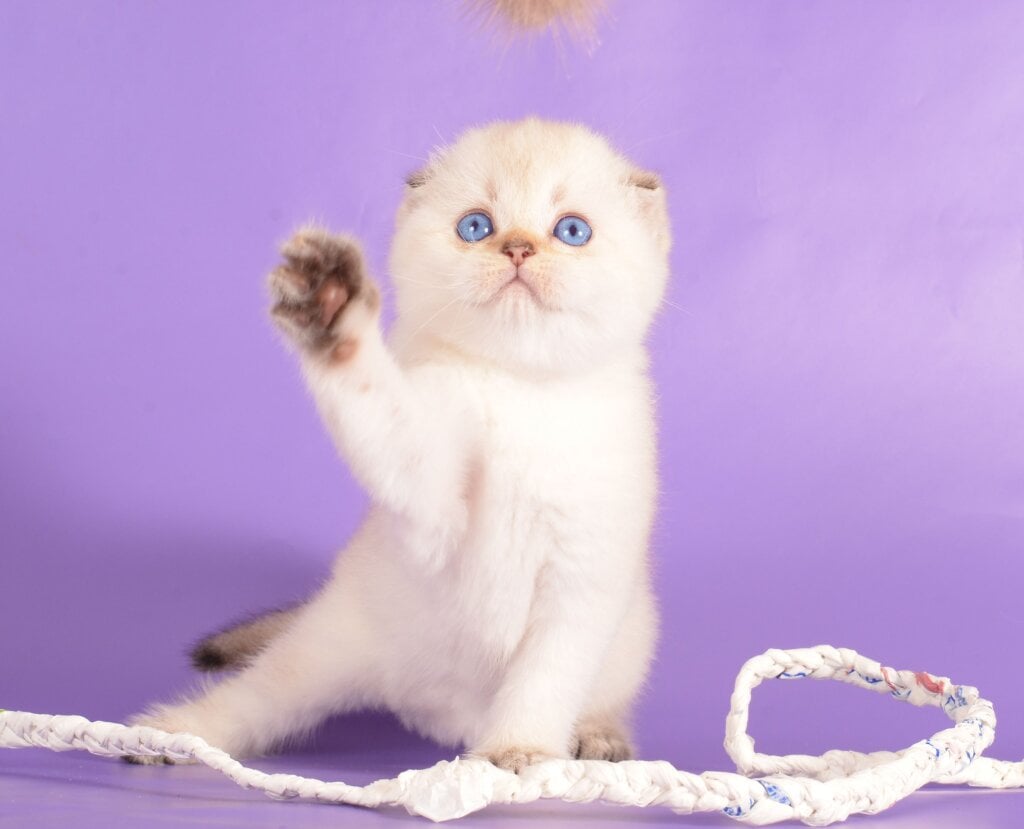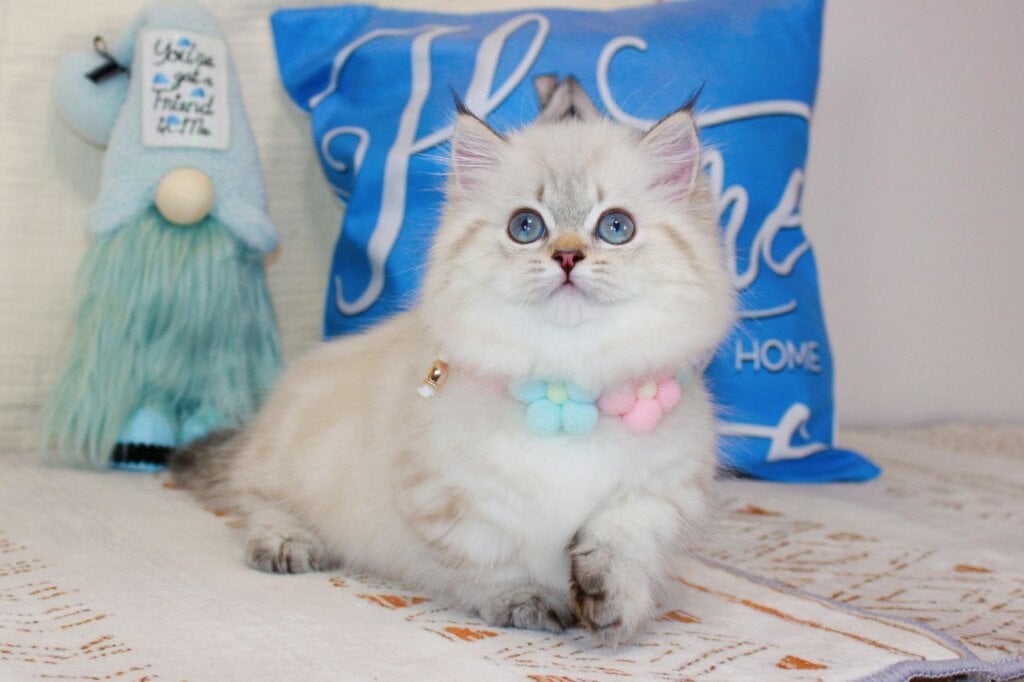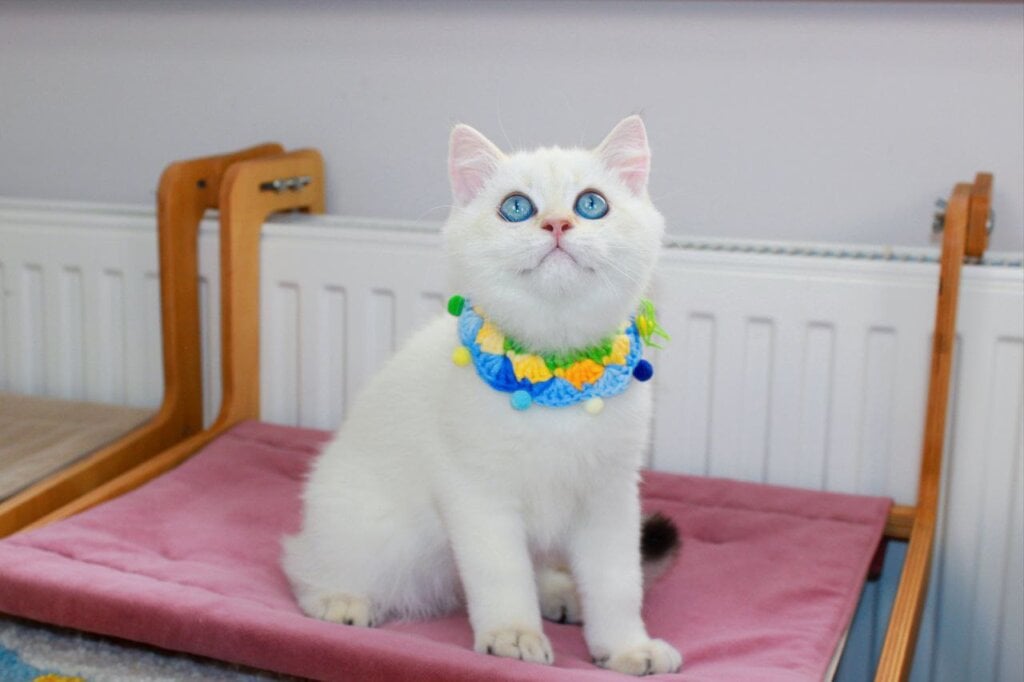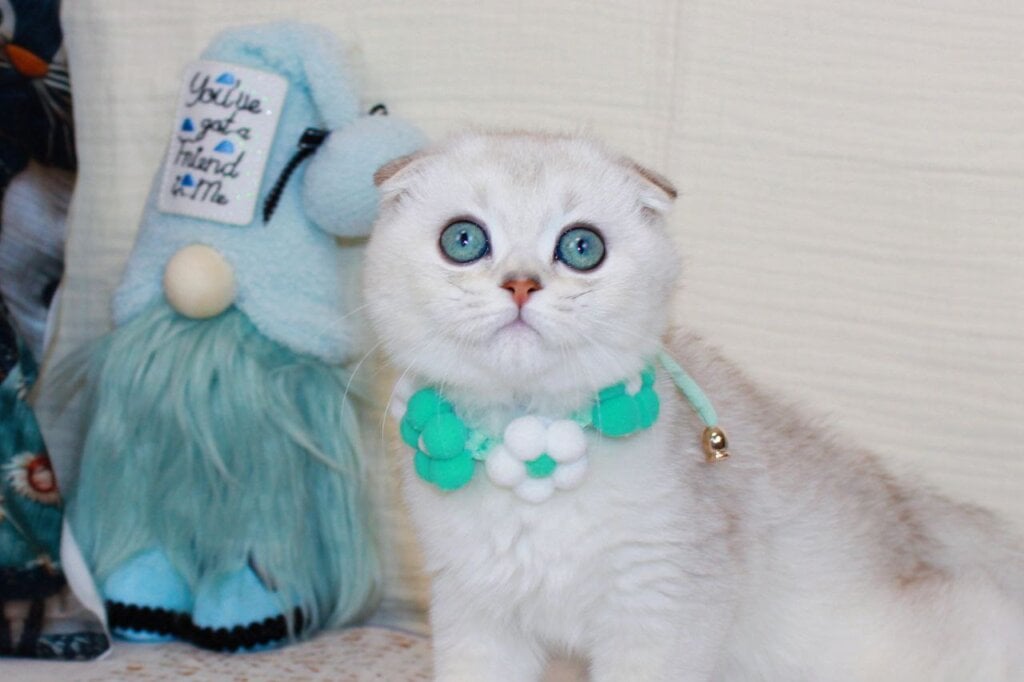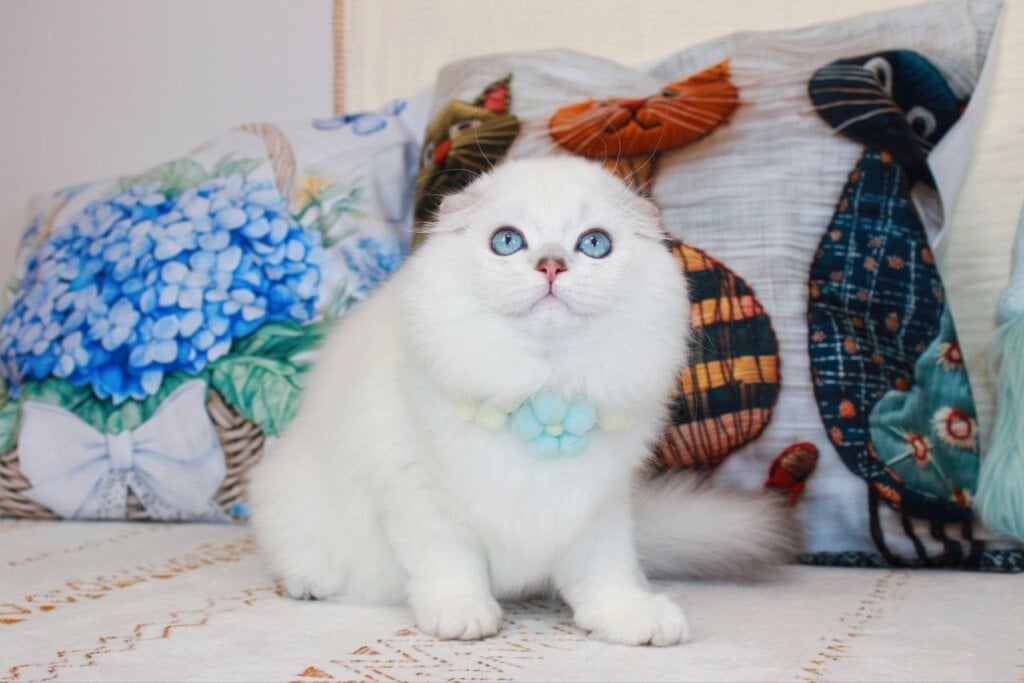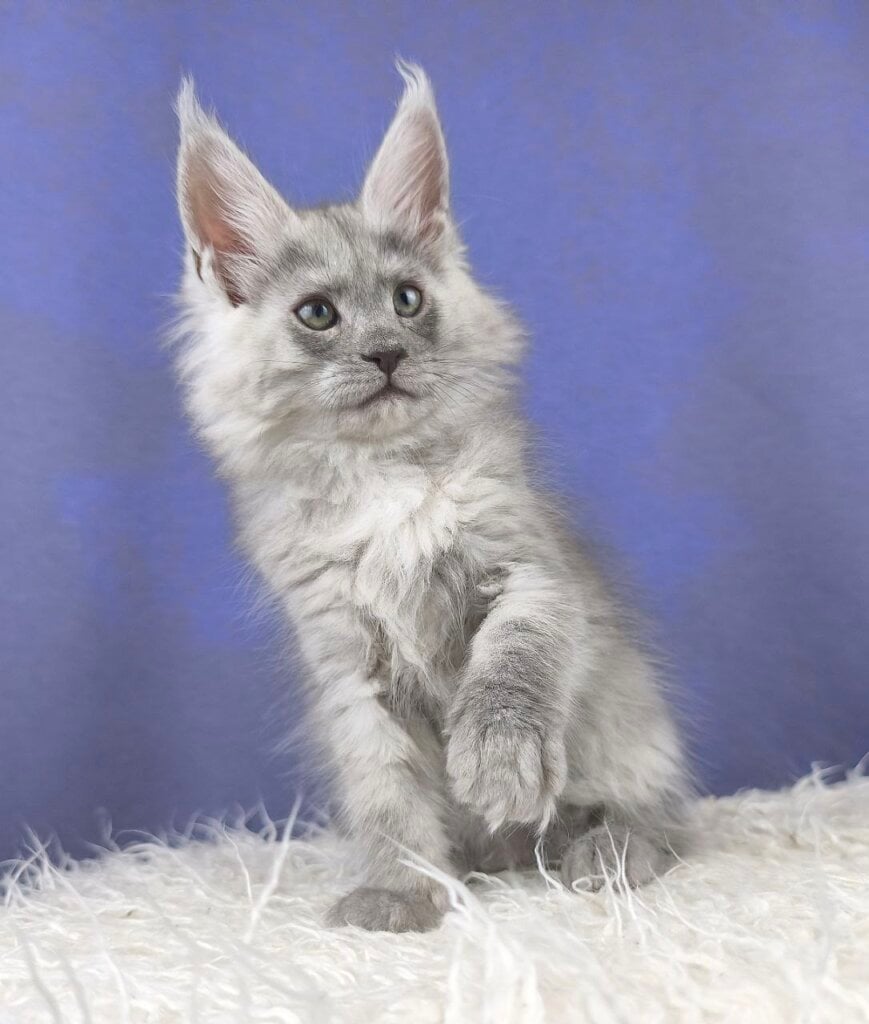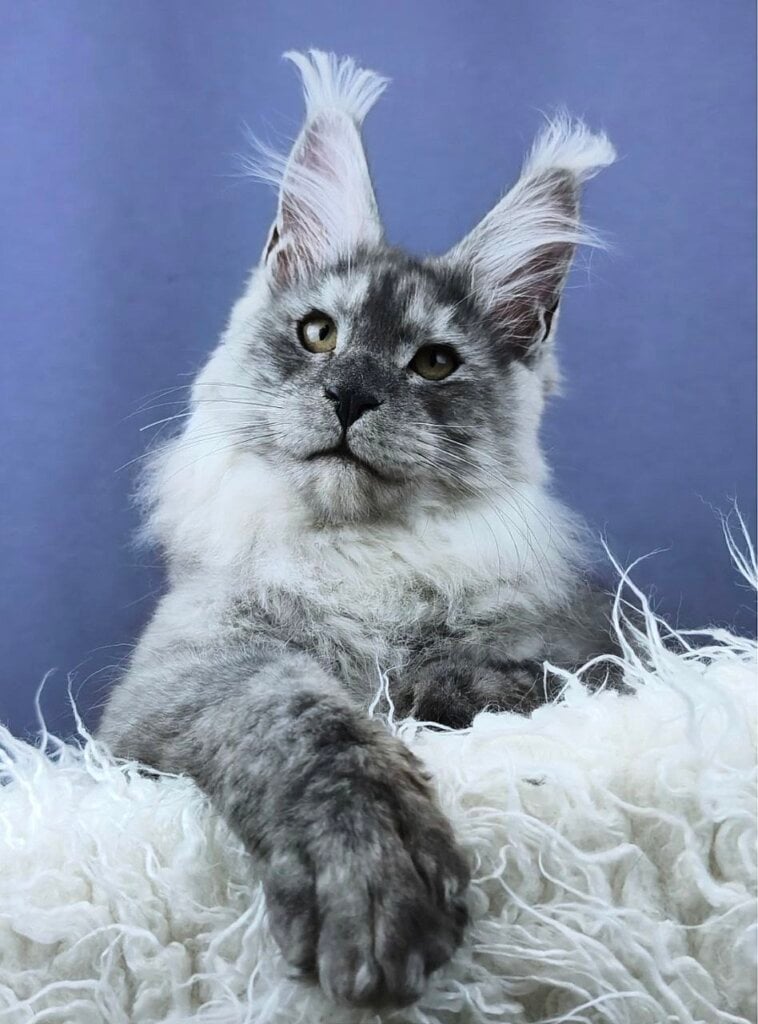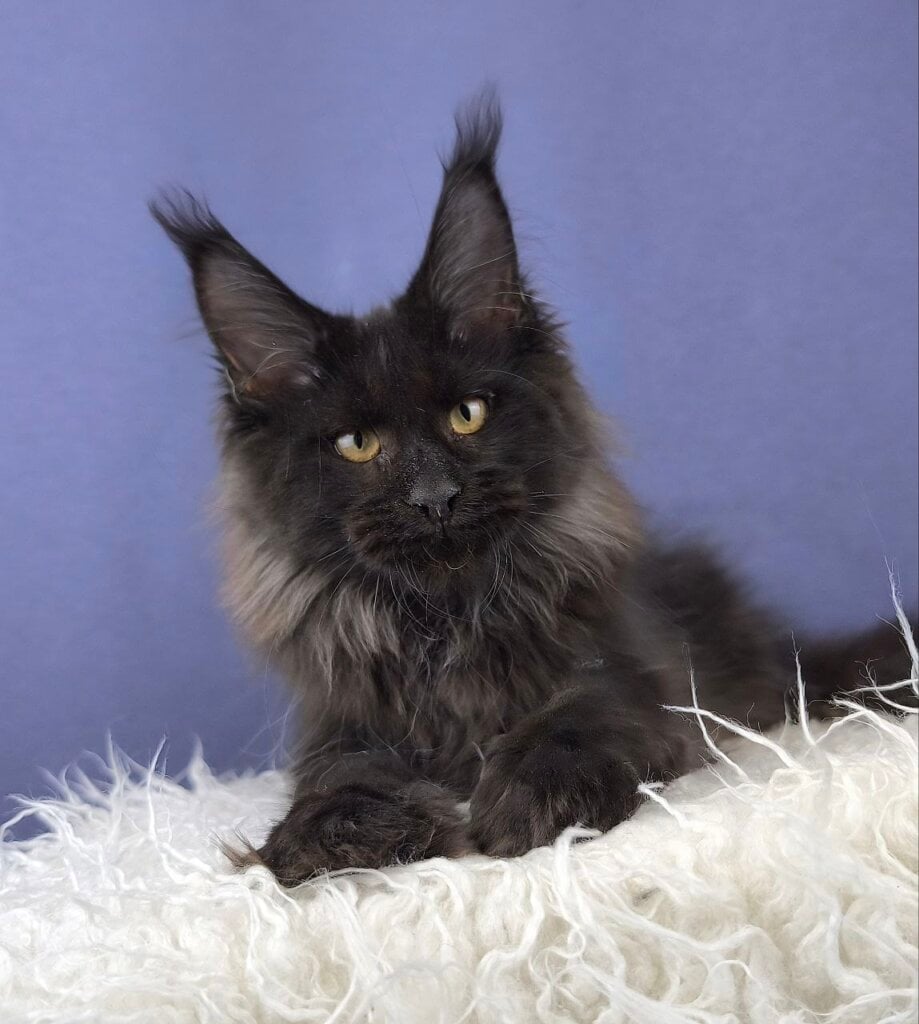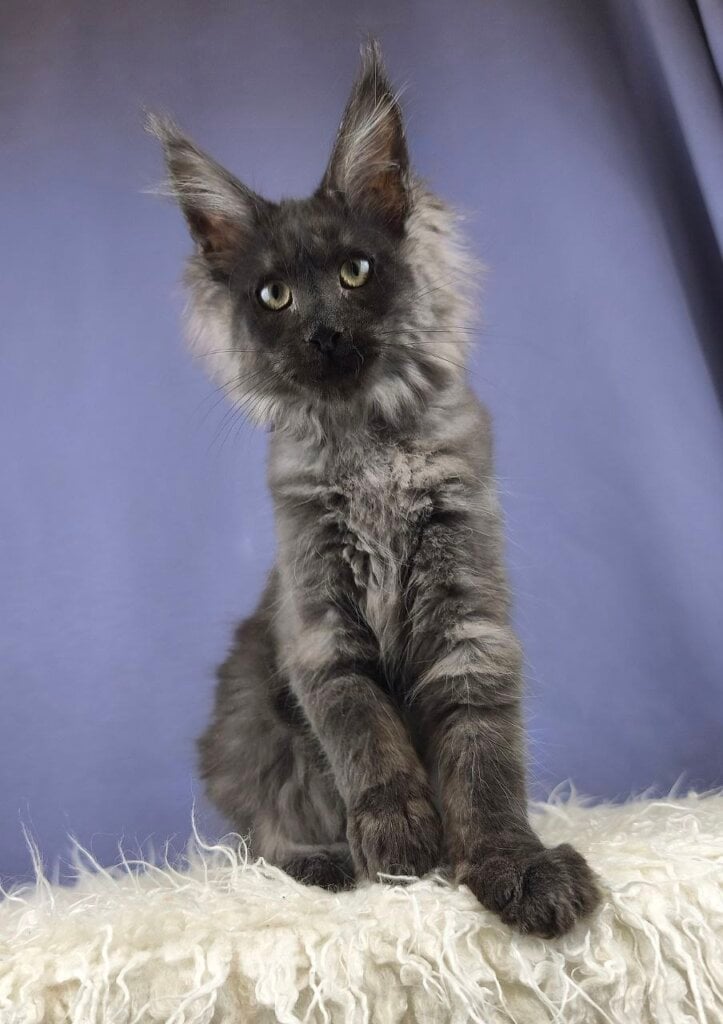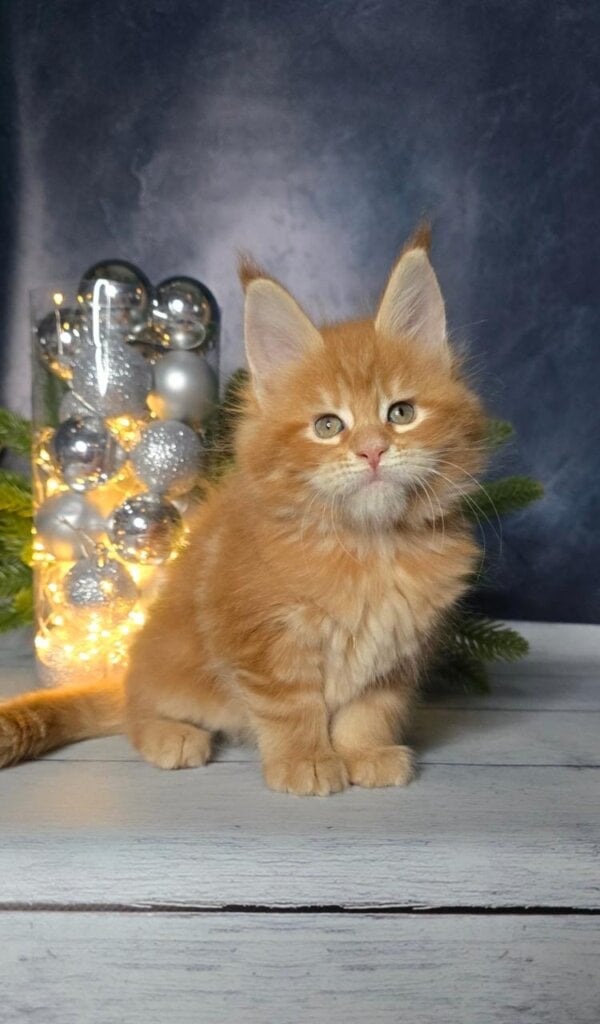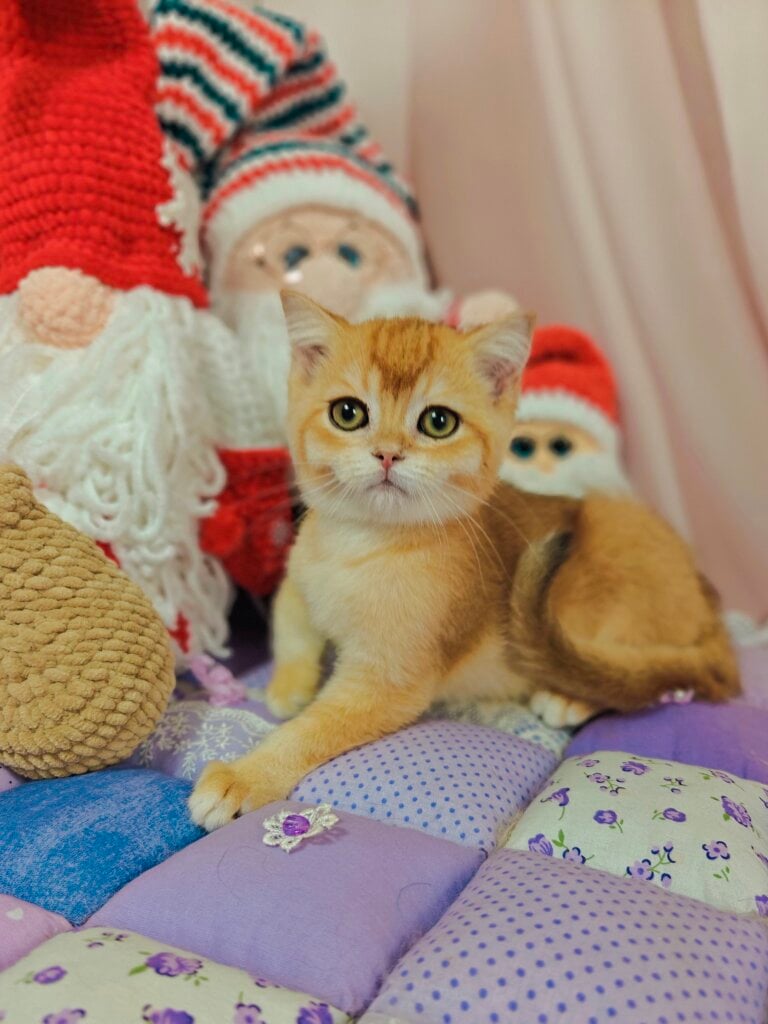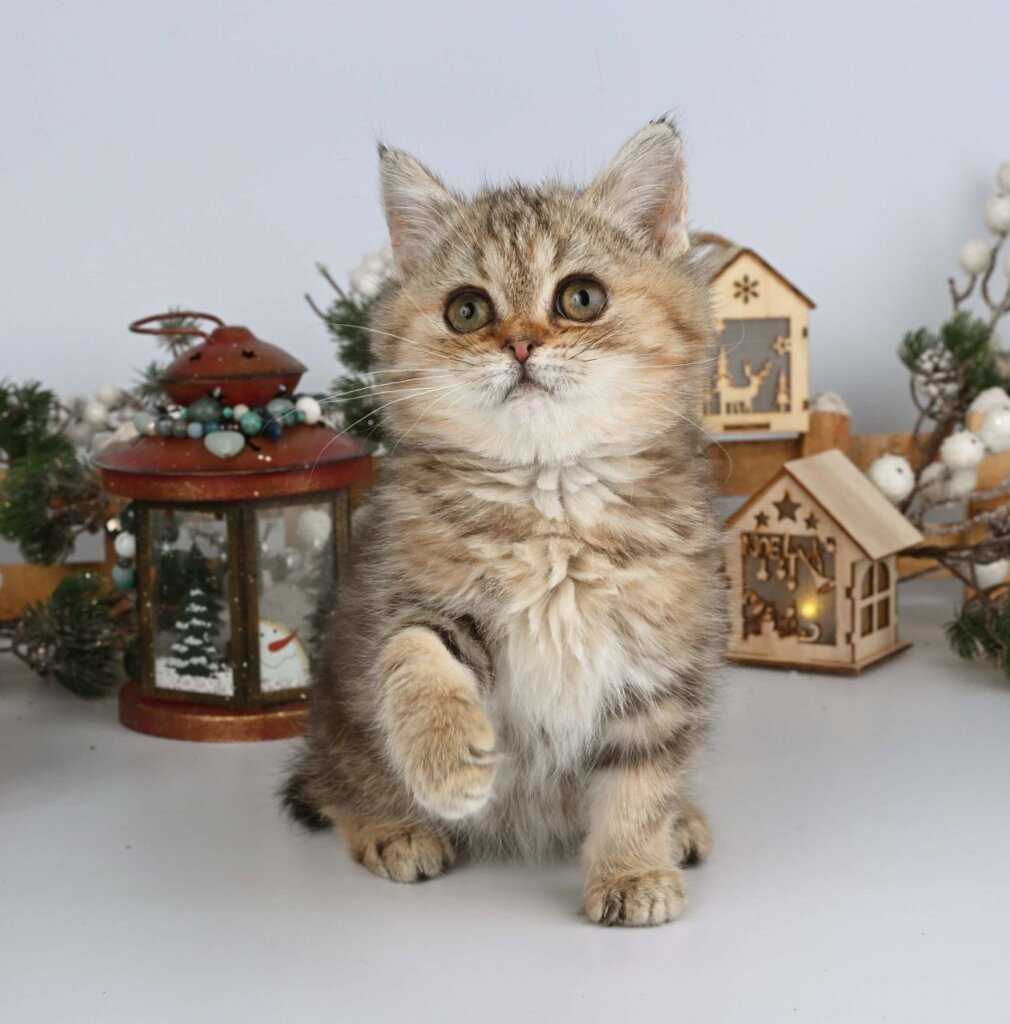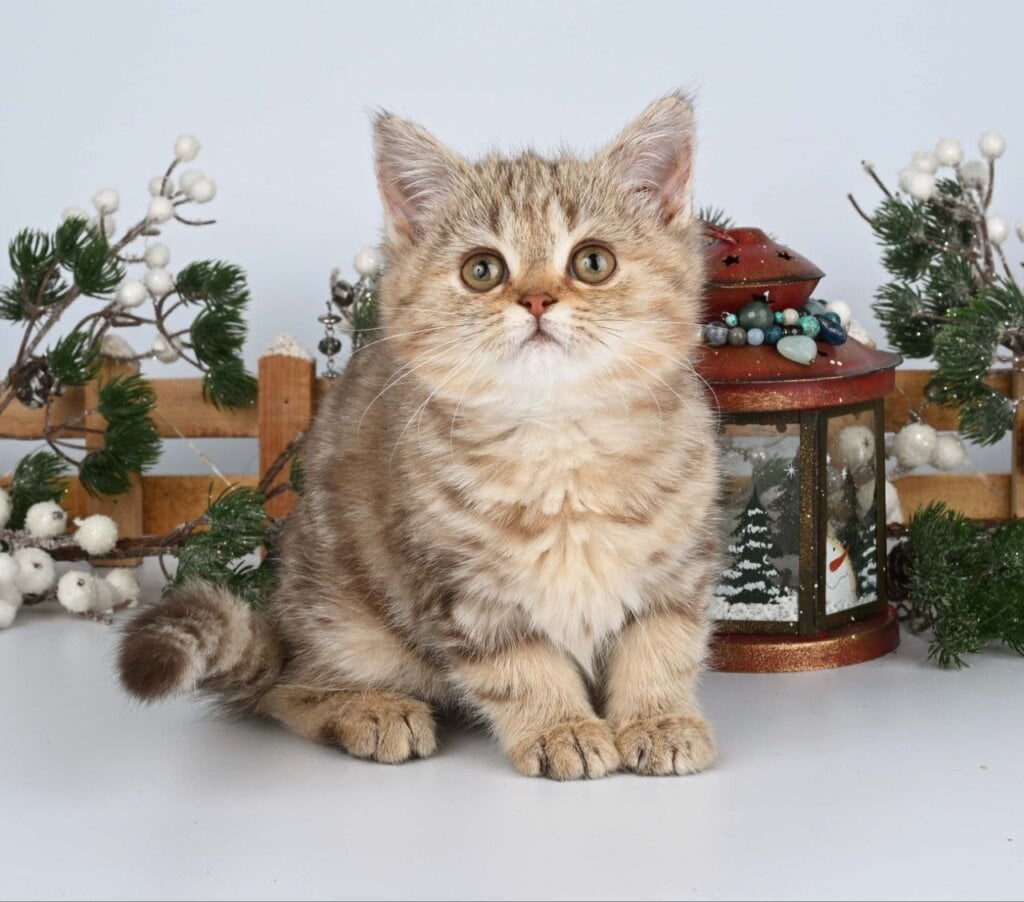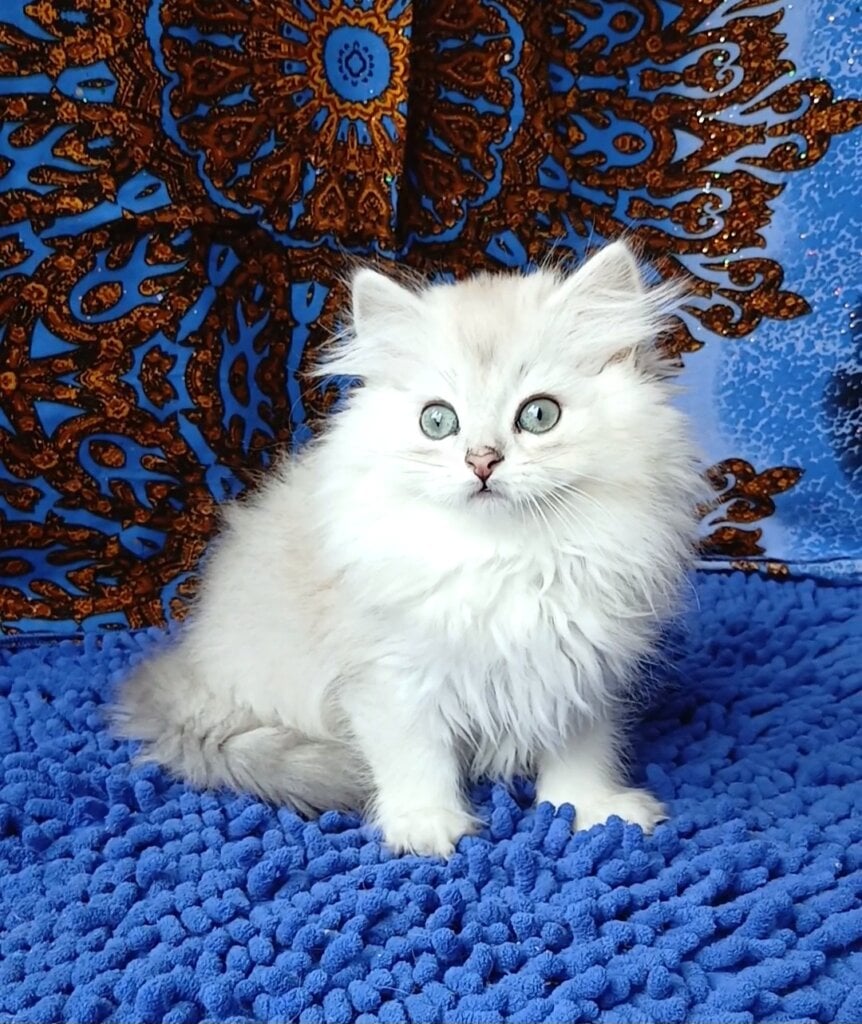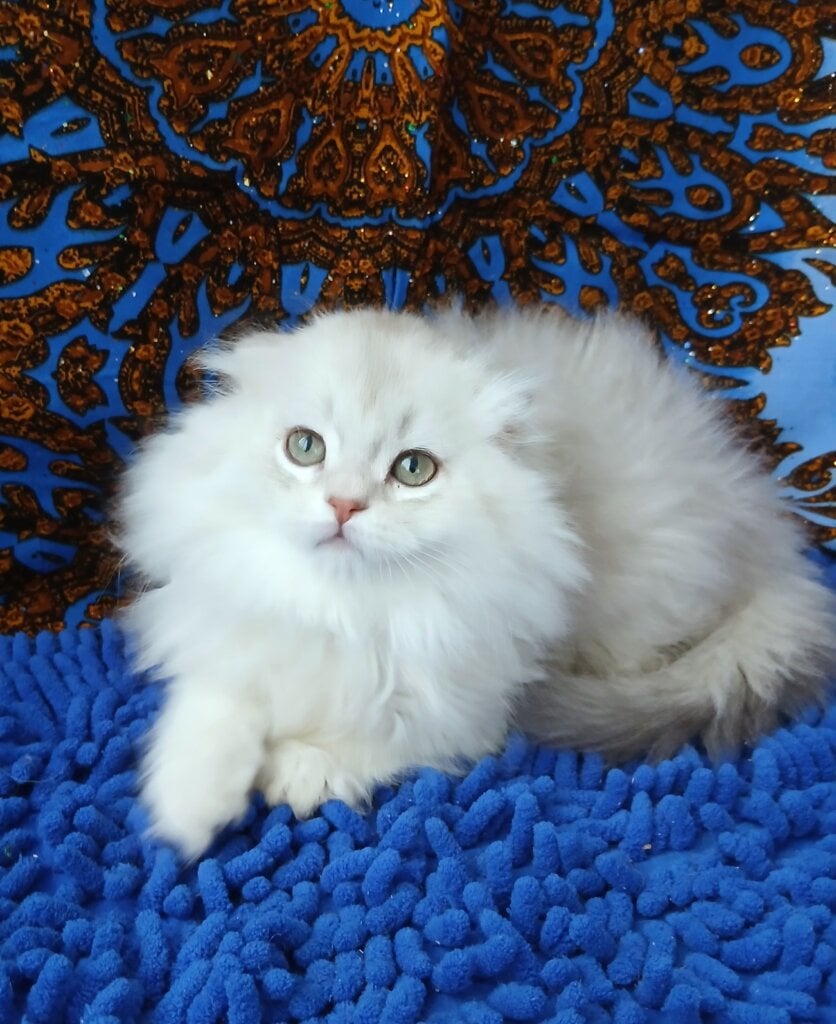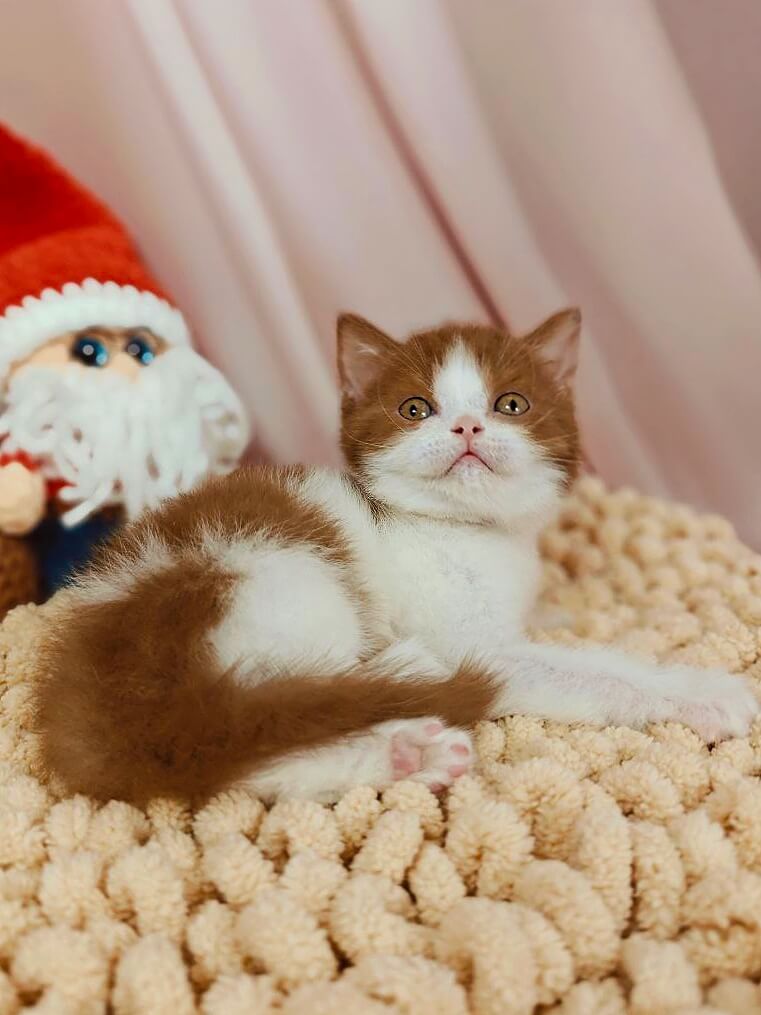Do munchkin cats meow a lot? Some munchkins like to talk, exchanging little chirps or soft meows with their humans.
Just like every munchkin has their own style, one may meow more than another. Affectionate and playful, they meow to request food, play, or affection.
To understand what’s typical, observe your munchkin’s disposition and requirements. The second addresses what forms their vocalizations.
Do Munchkins Meow A Lot?
Munchkin cats can be meowy, but how much they meow is cat dependent. Their meows function as a means of communication with humans, indicating what they desire or how they feel. Of course, some munchkins will meow a lot more than others, particularly if they want attention, are hungry or feeling lonely.
Social needs, their playful side and the home environment all alter how much they meow. The table below indicates environmental factors that can cause a munchkin cat to meow more or less.
| Environmental Factor | Possible Effect on Meowing |
|---|---|
| New pet in the house | More meowing due to stress |
| Moving furniture | Short-term increase in meowing |
| Loud noises | More vocalizing from anxiety |
| Lack of stimulation | Increased meowing for attention |
| Regular routine | Less stress, less meowing |
1. Social Needs
Munchkin cats are sociable. They enjoy the company of humans as well as other animals. When they want company, they use their meow to strike up a conversation with you. If they get too excluded or lonely, their meows can escalate in volume and duration.
These mini cats thrive in homes where somebody is home most of the day. If you’re frequently out, your munchkin could begin meowing more to compensate for the silence.
Owners have found that sometimes a new addition to the family–another cat, even a mellow dog–can help a lonely munchkin to not be so needy and silent.
2. Attention Seeking
Munchkins do tend to meow a bit when they want your attention. This is typical when playing or seeking a snuggle. They discover quickly that meowing gets you and it’s a habit if you always answer.
If your munchkin is trying to get your attention through frequent meowing, see whether they have enough to keep them occupied. Bored cats are loud cats, so experiment with toys or puzzle feeders to keep them occupied.
If you answer their meows, answer in a way that promotes good behavior – reward quiet with attention. A few cats meow a lot at specific times, like before meals or when you arrive home. It’s natural and simply their manner of greeting or ‘Feed me.’
3. Breed Personality
The playful, loving personalities of munchkin cats makes them more inclined to talk to you. When they want to play, they might chirp or meow you to get you on board. Their inquisitive behaviour causes them to frequently get into stuff and their ‘meows’ assist them in communicating excitement or the need for assistance.
Each munchkin is unique, however. Some are initially shy and quiet, but once they feel safe and loved – they open up. Others will meow from the outset, having found their voice in reaching out and captivating you.
4. Environmental Triggers
Big shake-ups in the house – new pets, new babies, lots of noise – will cause a munchkin to meow a lot more. Cats are creatures of habit, and disruption can unnerve them.
Anxious munchkins meow to self-soothe. Calm routines assist. Not enough play or stuff to do. Anticipate additional meowing. A safe, steady home keeps their voice soft.
5. Individual Variation
Not every munchkin is a meow-a-lot. Some meow incessantly, while others are nearly silent. Their meow is a factor of their genetics and parenting.
Observe your cat’s routines to identify what is typical. Each munchkin’s story is unique.

The Munchkin Meow Myth
Not every munchkin meow meows. Some meow incessantly and others barely meow. Much like us, cats have their own sartorial flair. The notion that all munchkins are loud isn’t accurate- a lot of what you hear is just the meow myth.
Munchkin, with its origin in a 1983 rescue, is one of more than 40 recognized domestic breeds. It’s those adorable little short legs, which are apparent in kittens just a few weeks old, that make them different – not their meowing habits. Although the breed is renowned for its adorability (hello Lilieput, the world’s shortest cat at just 13.3 centimeters tall), every cat’s meow is distinct.
It’s best to treat every munchkin as a unique individual, not just part of a breed.
Frequency vs. Intent
Not all meows are created equal. Some are piercing and some are gentle. A few munchkins meow more, what they say varies every time.
A cat meow could be to greet you in the morning, request food, or simply make some noise to capture your interest. Meow can mean “go away” or “come play.
Observe tail flicks, ear movements and eye blinks. These hints assist you in knowing what your feline really desires. If your munchkin meows more, it’s not necessarily a cause for concern. Sometimes they just like to “chat” with their people.
A Low-Rider’s Perspective
Short legs do more than make munchkins adorable. Their form alters the way they travel, and occasionally, the way they are observed.
As munchkins are lower to the earth than most cats, they might meow to ensure you notice them-particularly if you’re upright or preoccupied. Their walk is funny and sweet, so people tend to notice.
This, in turn, can prompt them to be more inclined to commandeer their voice to maintain the attention on themselves. Even their looks are alluring-remember the smiles Lilieput delivered!
More human interaction gives munchkins more opportunities to ‘talk’ and be listened to, which can make them appear chattier than other breeds.
The Cuteness Factor
With their big eyes and short legs, munchkins are hard to resist. This gaze usually translates into more cuddles and play time from their humans!
Additional attention can equate to increased meowing, since felines discover that yowling elicits a reaction. It’s not simply neediness – it’s their inclusion into the fold.
These social moments, fired by their charm, can make their meows louder in the house. Loving a munchkin means enjoying their talkative side.
Anatomy of a Meow
A munchkin cat’s meow isn’t all about personality. There’s actually a genuine connection between their special anatomy-think throat structure, vocal chords, and even stubby legs-and the how/when/why they meow. Their genetics and anatomy combine to shape the tone, pitch and volume of their meows. Not all Munchkins are going to meow alike, but their stature and their genetics have an influence on what you experience.
Genetic Influence
Genetics have a significant role in munchkin cats’ meowing. The munchkin gene is dominant, meaning it only requires one parent to pass it on for the short legs to manifest, but this gene doesn’t act solo. Inherited traits can influence how vocal your munchkin is–certain lines are garrulous, others aren’t as much.
Responsible breeders are sensitive to these characteristics. They seek out well-tempered, moderately meowing kittens – not the shrill or the shy. Genetic diversity is essential, as excess inbreeding can intensify undesired vocal idiosyncrasies or even health problems.
Not all munchkin kittens with the gene have short legs, and neither will all meow the same.
Physical Build
I know that their dwarfism – short legs and a regular-sized body – make them special, but does it impact meowing? With their diminutive, compact bodies-males measure 2.7–4.1 kg, females 1.8–3.6 kg on average-sound can travel differently through their throat and chest.
Some munchkins have a crisp meow, some sound more softly. Health issues, as well. Well-muscled, energetic cats tend to be less chatty (except when playing). Some, like Lilieput, the record-holder at just 13.3 cm tall, might just have softer voices by virtue of being extremely small.
Their zest for life and mischievous nature translate to you hearing meows a bit more often during play sessions or when requesting affection. Both short-haired and long-haired munchkins can have these traits, with no significant correlation between coat length and density.
Anatomical Variation
No two munchkin cats are identical. Because of differences in throat, vocal cord thickness and chest size, we get all different kinds of meowing. Some cats have high-pitched calls, some keep it low and quiet.
Body shape, even subtle variations, can alter the sound of a meow. These little quirks make every munchkin’s voice unique.
For some families, their cat’s meow is almost like a fingerprint–it’s a special part of their connection.
Decoding Their Language
Munchkin cats communicate in their own language, beyond meowing. They employ chirps, trills, even growls. Every noise signifies, and decoding their language enables fur-parents to satisfy their desires. Not all meows are created equal, and observing their body language-such as rubbing on your leg or kneading-speaks volumes as well.
Here’s a breakdown of what their sounds might mean:
- A calm, medium-pitched meow translates to ‘I want attention’ or ‘hi’.
- A brief, high-pitched meow may indicate excitement or request to be fed.
- Chirps typically indicate inquisitiveness, possibly at a bird in the yard or a novel plaything.
- Trills are gentle and friendly, mostly a warm greeting.
- Low, sustained meows or growling could indicate pain, fear, or caution.
- Fast, over and over meows may indicate urgent needs, such as hunger or discomfort.
Hunger
Munchkin cats have a specific meow when they’re hungry. It’s typically a little noisier and pushier. If your cat is meowing at meal time, look at their bowl. Just like a healthy munchkin with a good appetite who will remind you when it’s time to eat.
If you never feed them when they meow, it can quickly become a habit. Certain cats begin to anticipate a meal whenever they squeak, resulting in incessant meowing. Establishing a feeding schedule gives them a sense of security and reduces whining.
Playfulness
Munchkins have a fun side. Sometimes they’ll meow, chirp, or trill in play as if they’re beckoning you over. These coos and hummings are their affirmative response to joining in the play.
If your munchkin meows endlessly while playing, they could be requesting you to join or throw a toy. Daily play keeps them happy, burns off steam and is a wonderful bonding moment. Toys that move or make noise can attract their attention and provide a distraction from meowing.
Discomfort
If your munchkin’s meowing shifts-suddenly louder, longer, or more frequent-it could indicate that something’s amiss. Abnormal noises or novel behaviors could indicate pain, illness, or distress. Some cats will even growl when they feel threatened or sick.
Be on the lookout for other indicators, such as social withdrawal or loss of appetite. If you notice new or strange behaviors, talk to your vet. Catching these cues early can stave off more serious issues and keep your little munchkin healthy.
Greeting
More than one munchkin cat meows as you walk in or come home. This is their straightforward hello and showing they missed you.
They tend to greet meows–soft or loud, quick or long–depending on their mood. Answering them, even just with a woof or pet, cultivates confidence and makes them feel valued.
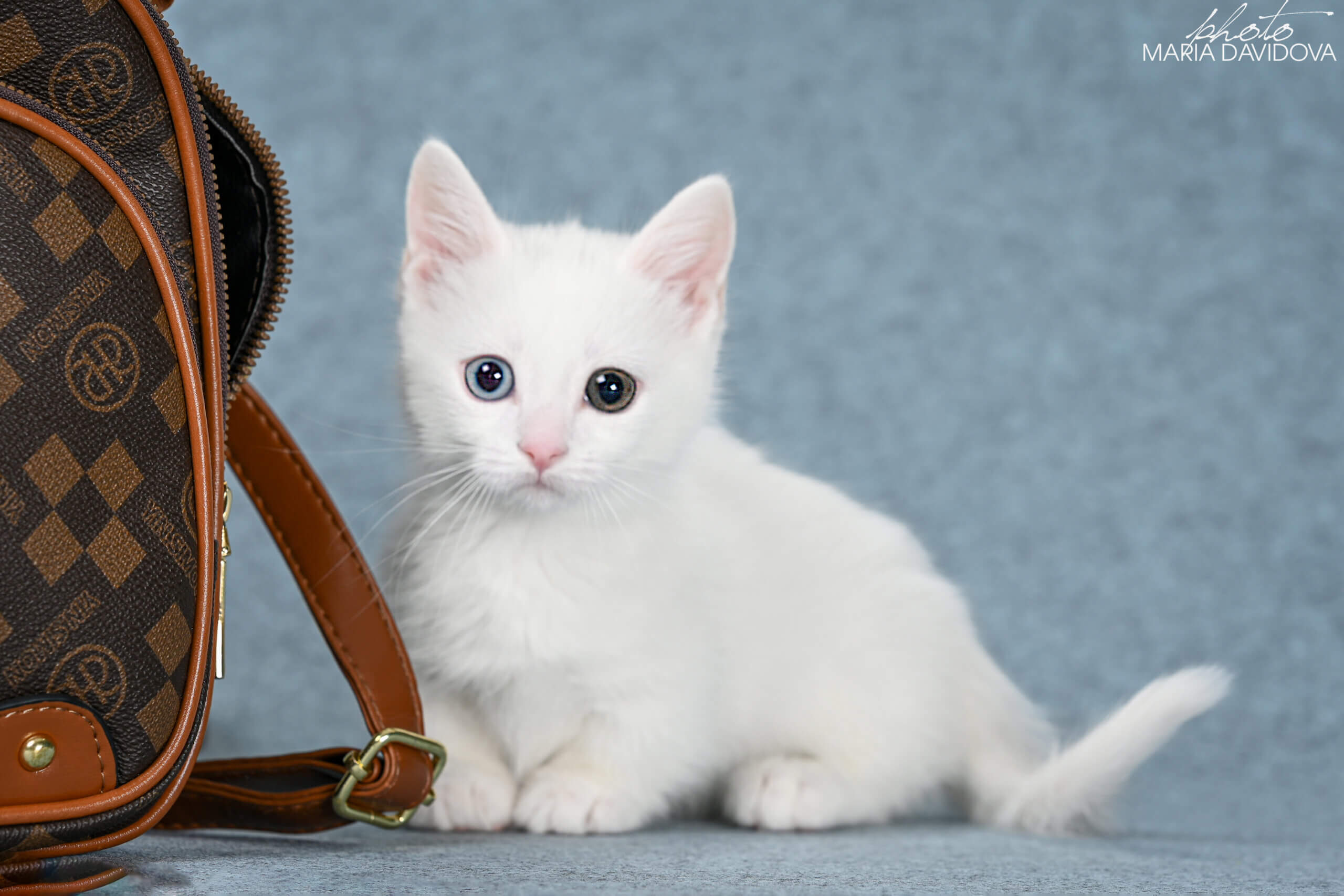
A Vocal Companion’s Needs
Munchkin cats are extremely social and vocal. Fulfilling their vocal companion’s needs is more than just silencing a talkative tom. It’s about knowing what powers their purrs and cultivating an environment that nurtures their mind and body. When pet parents listen carefully to their munchkin’s needs-food, play or comfort-they can both avoid undesired vocal behavior and nurture a closer connection with their feline friend.
Enrichment
Boredom is the leading driver of munchkin cat meow-pression. A varied mix of toys and activities can help keep their minds sharp and busy. Rotating toys each week stops things from getting stale, so your munchkin stays curious and less likely to meow from boredom.
Mental stimulation goes beyond balls and mice. Climbing trees, puzzle feeders, and interactive play sessions all add fun and challenge. Setting up safe spaces with scratching posts, perches, and tunnels helps them express natural behaviors and keeps them active.
- Puzzle feeders for food-motivated play
- Wand toys for chasing and jumping
- Catnip mice for solo fun
- Interactive laser toys
- Cat trees and shelves for climbing
- Scratching posts and mats
- Cardboard boxes and tunnels for exploring
Interaction
Munchkin cats do well when they receive frequent quality attention from their humans. Neglect can drive them to meow harder, particularly if they’re lonely or want to play. Short bursts of play, petting, or even light brushing can make all the difference each day.
These moments demonstrate to your cat that they’re important and satisfy their social needs, reducing attention-seeking meowing. Training sessions, whether you want to teach them simple tricks or employ clicker training, provide you both an opportunity to bond while keeping their minds active.
After a while, you’ll begin to learn your munchkin’s meows, purrs, and body language. Some munchkins meow in the mornings or at specific times to indicate hunger or seek companionship. Recognize when they’re in condition, and anticipate their needs to prevent ambiguity.
Routine
Routine helps munchkin cats feel safe and in control. Feed at consistent times each day and make play and cuddle periods predictable. Cats meow when routines shift – as they do when new babies arrive – as a way of communicating stress or seeking assurance.
By observing variations in your cat’s meowing, you can detect if something’s amiss, such as pain or sickness (arthritis, for instance, can increase vocalizing). A set schedule – combined with a good diet and vet checks – keeps your munchkin feeling safe and less crabby.
A checklist for vocal needs:
- Provide enrichment and play daily
- Schedule regular feeding times
- Offer social interaction and affection
- Watch for changes in meowing patterns
- Make time for mental stimulation
- Monitor health, especially for pain or hormonal issues
When Meowing Signals Trouble
Munchkin cats have unusually sweet voices, but when their meows get louder or more frequent, it can signal that something is amiss. Often, cats meow when they want your attention, want food, or just want to greet you. If the meowing is misplaced, it warrants attention. Abrupt shifts in your munchkin meowing volume or frequency can indicate an underlying issue.
Certain cats meow louder when in pain or when ill and this is not to be dismissed. Just like with humans, health issues tend to manifest first in mild forms. Cats can yowl if they’re injured, infected or ill internally. A cat will meow if it’s got a hurt paw or a sore mouth. If your munchkin is eating less, hiding more or just seems off, it’s time to take action.
Other sudden shifts in appetite or behavior coupled with loud meowing signify a vet should check them out. Senior cats can begin to meow more frequently as they get older, which can be associated with dementia or pain from age-related conditions. If your cat ceases grooming, appears anxious, or behaves erratically, these are indications that all is not well.
Hormones can be a big factor as well. Unspayed females and unneutered males tend to meow more, particularly during breeding season. Their calls are louder and more often, fueled by instinct. If you see this, spaying or neutering can help quiet their meows and keep them healthier in the future.
Other times, a meow turns into a vent for stress or anxiety, particularly if there’s been some type of change in the household. New pets, moving, or even a routine shift can result in extra loud outbursts.
Need to watch for patterns. If you observe your munchkin’s meows become more desperate, or if they’re accompanied by strange behavior, don’t hesitate for too long to consult a professional. A vet visit can spot sneaky issues in their early stages–even before they worsen.
If your cat’s meowing is accompanied by aggression, withdrawal or bizarre behaviors, a vet or veterinary behaviorist can provide guidance and treatment. A simple log of when and how your cat meows can assist you in identifying patterns and provide clear information to your vet.
Below is a table of common health issues linked with excessive meowing and their signs:
| Health Issue | Signs to Watch For |
|---|---|
| Pain or Injury | Limping, licking one spot, sudden yowling |
| Infection or Illness | Lethargy, fever, appetite loss, hiding |
| Hormonal Changes | Roaming, restless, loud calls, marking |
| Age-Related Problems | Disorientation, more vocal, restlessness |
| Anxiety or Stress | Hiding, aggression, over-grooming |
| Dental Disease | Drooling, pawing at mouth, not eating |
| Grooming Problems | Matted fur, dirty coat, less self-cleaning |


